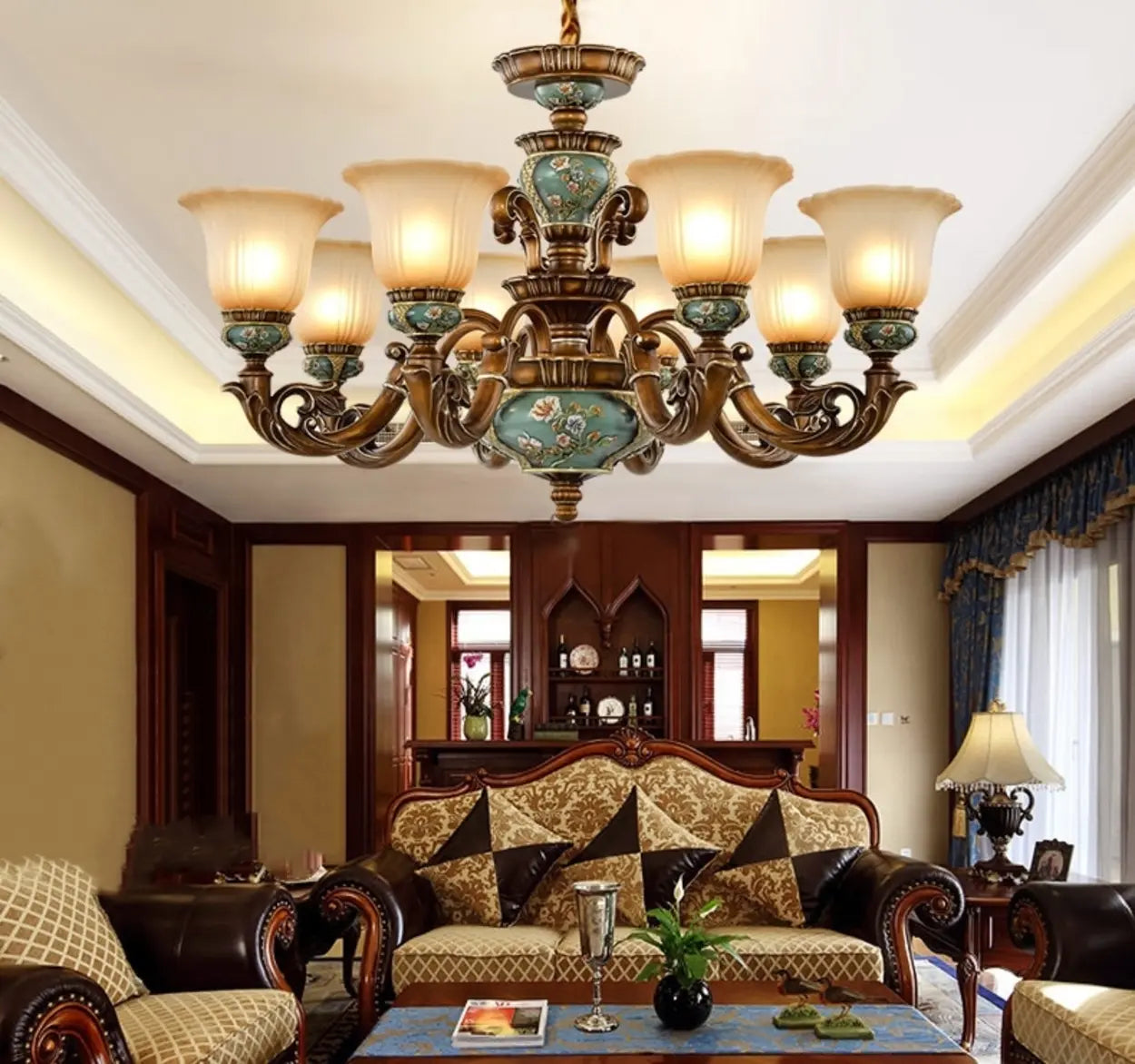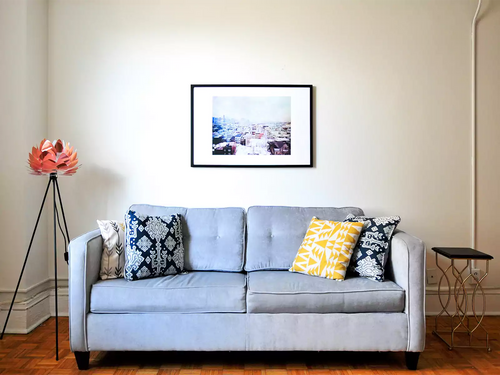Find Your Perfect Lamp: Quick Quiz
Answer 5 simple questions to discover whether a floor lamp or table lamp is best for your needs.
Question 1: Which room are you shopping for?
Lighting shapes the atmosphere and functionality of our living spaces. Choosing between floor lamps and table lamps is a fundamental decision many homeowners face. Both options offer distinct advantages depending on your space, needs, and style preferences. This guide will help you understand the key differences and make an informed choice that best suits your specific requirements.
Understanding Your Lighting Options

Table Lamps
Table lamps are compact lighting fixtures designed to sit on horizontal surfaces like desks, nightstands, or shelves. They typically consist of a base, bulb, and shade, connected to a power source via cord.
Key Characteristics:
- Provide focused, localized lighting ideal for reading or working
- Easy to move and reposition as needed
- Occupy valuable table space but preserve floor space
Beyond their practical functions, table lamps serve as decorative accents that enhance room aesthetics and add character to otherwise plain surfaces.
Emily Henderson, renowned interior designer, notes: "Table lamps are versatile workhorses in interior design. They provide that crucial layer of mid-level lighting that bridges the gap between overhead fixtures and ambient sources."
Floor Lamps
Floor lamps are tall, freestanding fixtures designed to rest directly on the floor. They typically feature a weighted base, long stem, and light source with shade at the top.
Key Characteristics:
- Deliver broader illumination capable of lighting larger areas
- Stand independently without requiring surface support
- Use floor space but free up valuable table surfaces
Many floor lamp designs can provide both upward and downward lighting, creating varied effects that enhance your space. Their height and presence add vertical interest to rooms, drawing the eye upward and creating a sense of dimension.
Essential Differences Between Floor & Table Lamps

Light Coverage: Wide vs. Focused Illumination
Floor lamps cast light over wider areas due to their height. Their elevated position allows light to travel farther, making them excellent for illuminating entire sections of a room.
Table lamps produce more concentrated light, perfect for specific tasks like reading, writing, or detailed work. Their lower position creates a more intimate lighting zone, reducing eye strain during close-up activities.
Flexibility Factor: Portability & Adjustability
Table lamps excel in mobility. Their compact size makes them easy to move between rooms or reposition within a space as needed. This adaptability is particularly valuable in homes where lighting needs change frequently.
Floor lamps, while less portable, often offer different kinds of versatility:
- Adjustable heights
- Articulating arms
- Rotating shades
- Dimming capabilities
These features allow you to customize the direction and intensity of light without moving the entire fixture.
Space Efficiency: Floor Space vs. Surface Space
Comparative Space Usage:
| Feature | Floor Lamps | Table Lamps |
|---|---|---|
| Surface Space | None required | Significant footprint |
| Floor Space | 1-2 square feet | None |
| Height Profile | 4-6 feet tall | 1-2 feet tall |
| Best for | Open areas, corners | Desks, nightstands, shelves |
This fundamental difference in space utilization often becomes the deciding factor for many homeowners, especially those with limited living space.
Task Lighting vs. Ambient Glow
Table lamps excel at task lighting-providing direct illumination for specific activities. They minimize eye strain during reading or working by focusing light exactly where needed. The contained nature of their light makes them perfect for creating intimate atmospheres in larger rooms.
Floor lamps shine as ambient lighting sources. They create general illumination that sets the mood for entire spaces and can complement overhead lighting systems. Their higher position allows them to distribute light more evenly, eliminating harsh shadows and brightening corners.
User-Friendly Setup: Quick Installation Options
Both lamp types offer straightforward setup. Table lamps require only a stable surface and nearby outlet. Floor lamps need floor space and careful positioning to avoid creating tripping hazards. They can often reach outlets that table lamps cannot, providing lighting options in areas where wall outlets are limited or awkwardly positioned.
Style Guide
Table Lamp Styles
Table lamps come in countless styles to match any interior design approach:
- Vintage/Retro: Brass finishes, textured glass shades, ornate details
- Modern: Clean lines, geometric shapes, mixed materials
- Sculptural: Abstract forms, artistic bases, conversation-starting designs
- Minimalist: Simple silhouettes, neutral colors, understated elegance
Placement options include symmetrical pairs flanking sofas or beds, single statement pieces on consoles, or clustered arrangements for dramatic effect in larger spaces.
Floor Lamp Designs
Floor lamps offer distinctive design possibilities that can transform your spaces. Arc lamps with their dramatic curved arms extend over seating areas, providing overhead light without ceiling fixtures. Torchiere styles feature upward-facing lights that bounce illumination off ceilings for soft, diffused effects.
Kelly Wearstler, celebrated interior designer, observes: "The beauty of floor lamps lies in their ability to act as functional sculpture. They're lighting and art combined in one piece."
Floor lamps can transform spaces by adding vertical interest to rooms with low ceilings, creating reading nooks when placed beside seating, and highlighting architectural features through directional lighting.
Room-by-Room Lighting Solutions
Living Room Lighting
Table Lamps in Living Rooms:
- Place on end tables beside sofas to create reading zones
- Use pairs on console tables for balanced illumination
- Layer with other lighting sources for depth and dimension
Floor Lamps in Living Rooms: Position behind sectionals or chairs to provide overhead light without shadows. In corners, they eliminate dark spots that can make rooms feel smaller. Arc styles can illuminate central conversation areas without requiring ceiling fixtures, perfect for rental properties.
Bedroom Lighting
In bedrooms, table lamps are essential fixtures on nightstands for reading before sleep. The best options offer soft, warm lighting that promotes relaxation and prepares the body for rest. Models with dimming capabilities provide adjustable brightness to accommodate different activities.
Floor lamps offer alternative solutions for bedroom lighting. They're perfect for smaller bedrooms where nightstands aren't possible or are too small to accommodate lamps. Slim designs can fit in tight spaces between furniture pieces, providing essential lighting without sacrificing limited floor space.
Home Office Lighting
Table lamps in home offices should be positioned on desks to reduce screen glare and minimize eye strain during long work sessions. Adjustable models allow for precise light positioning as tasks change throughout the day.
Floor lamps complement office setups by providing over-the-shoulder illumination when placed beside desks. They serve as excellent supplementary lighting to reduce harsh shadows that can cause eye fatigue. Some office-oriented models include built-in shelves, offering multi-functional benefits in limited workspaces.
Beyond the Basics
In hallways and entryways, table lamps on console tables create welcoming first impressions. Their warm glow provides sufficient illumination for navigation while establishing an inviting atmosphere.
Floor lamps work well in transitional spaces between rooms, providing necessary illumination in areas that might lack ceiling fixtures. Their vertical presence helps define distinct areas within open-concept homes.
Smart Shopping Guide: What to Consider Before Buying

Space Planning
Small rooms often benefit from table lamps that preserve precious floor space. Larger rooms can accommodate floor lamps without feeling cramped. In fact, spacious areas often need the vertical presence that floor lamps provide to avoid feeling cavernous or empty.
For studio apartments or multipurpose rooms, consider space efficiency above all. Floor lamps with slim profiles provide necessary lighting without dominating limited square footage. Table lamps that don't overwhelm smaller surfaces ensure functionality without sacrificing workspace.
Lighting Needs Assessment
Ask yourself these questions before selecting any lamp:
- Do you need focused light for specific tasks?
- Are you looking to create ambient mood lighting?
- Will this be a primary or supplementary light source?
Task-oriented activities like reading or detailed craftwork benefit from the focused illumination that table lamps provide. If your goal is to create ambiance or provide general illumination, floor lamps typically offer superior solutions.
Budget Considerations
Price Range Comparison:
| Type | Budget Range | Mid-Range | High-End |
|---|---|---|---|
| Table Lamps | $20-75 | $75-200 | $200+ |
| Floor Lamps | $50-150 | $150-350 | $350+ |
Table lamps generally cost less than floor lamps due to smaller size and material requirements. Investment in quality pays dividends in longevity and performance regardless of which type you choose.
Design Harmony
Your chosen lamp should complement your existing decor rather than compete with it. Consider material finishes that coordinate with your hardware, shade shapes that echo other design elements, and scale appropriate to surrounding furniture.
The color temperature of your lighting also impacts room aesthetics. Warmer lights (2700-3000K) create cozy, intimate environments ideal for living rooms and bedrooms. Cooler lights (3500-4500K) support focus and alertness, making them perfect for offices and task areas.
Convenience Factor
If you frequently rearrange furniture or need lighting in different locations, table lamps offer superior flexibility. Their lighter weight and smaller size make them easy to relocate as needs change.
Floor lamps function better as semi-permanent fixtures in established room layouts. While they can certainly be moved, their size makes frequent repositioning less convenient. Homes with evolving needs might benefit from having both types available.
Smart Features
Modern lamps often include helpful extras:
- USB charging ports
- Built-in outlets
- Storage shelves
- Smart home compatibility
- Touch or motion sensors
These thoughtful additions can significantly enhance the user experience beyond basic lighting functions.
Safety First
Thomas Fuchs, respected lighting designer, emphasizes: "Safety should never be sacrificed for style. The best lighting designs achieve both without compromise."
Households with children or pets should consider:
- Floor lamp stability (wide bases, low centers of gravity)
- Cord management options to prevent tripping
- Heat generation from different bulb types
- Tip-over prevention features
LED options produce minimal heat, making them safer around curious fingers and flammable materials compared to traditional incandescent bulbs.
Quick Decision Guide: Which Lamp Type Is Right for You?
Floor lamps might be right for you if:
- You need broader illumination for larger areas
- You want to preserve table space
- You need lighting where no tables exist
- You're looking for a statement piece
Table lamps might be better suited to your needs if:
- You require focused task lighting
- You have limited floor space but adequate surface areas
- You frequently move lighting between rooms
- You want to add decorative accents to surfaces
Most well-designed homes incorporate both lighting types strategically placed throughout different rooms. This layered approach creates visual interest while ensuring appropriate illumination for various activities.
| Key Features | Floor Lamps | Table Lamps |
| Space Adaptability | For larger rooms | Ideal for smaller spaces |
| Lighting Coverage | Provides broad, ambient light | Offers localized lighting |
| Flexibility | Some models | Highly flexible with adjustable heads |
| Aesthetic Design | Often more decorative with elaborate designs | Simpler, more minimalist design |
| Energy Efficiency & Lifespan | higher wattage, longer lifespan | Lower wattage, more energy-efficient |
| Installation & Mobility | Requires more space; less portable after installation. | Lightweight, portable, easy to install |
| Cost | Typically between $30-$300 | Range from $10-$150 |
| Maintenance | Complex design, requires more maintenance | Easier to maintain |
| Usage Duration | Long-term use, continuous lighting in big rooms. | Best for intermittent use |
| Safety | Larger size may pose risks in smaller spaces (e.g., tipping) | Safe and stable |
Pro Shopping Tips: How to Choose Quality Lighting
When purchasing either lamp type, look for quality materials that will withstand daily use. Pay attention to compatible bulb types to ensure you can achieve your desired lighting effect and brightness. Shade materials and designs significantly impact light distribution - opaque shades direct light upward and downward without side glow, while translucent options create a softer, more diffused effect.
Consider energy efficiency in your selection process. LED-compatible fixtures offer significant long-term savings despite higher initial costs. Their extended lifespan and reduced energy consumption typically offset the price difference within the first year of regular use.
Final Verdict
The choice between floor and table lamps ultimately depends on your specific space, needs, and aesthetic preferences. Many homes benefit from both types strategically placed throughout different rooms. Consider the function of each space, available surfaces, and the quality of illumination required before making your selection.
Remember that good lighting creates layers-combining ambient, task, and accent sources for truly effective and inviting environments. Whether you choose the focused intimacy of table lamps or the statement-making presence of floor lamps, thoughtful lighting selections dramatically enhance your daily experience of home.
FAQs
How tall should a floor lamp be in relation to my furniture?
How tall should a floor lamp be in relation to my furniture?
Most floor lamps range from 58-64 inches in height. The bottom of the shade should position light just above shoulder level when seated (approximately 48-52 inches from the floor). This creates ideal illumination for reading without casting shadows.
Can I use different lamp styles in the same room?
Can I use different lamp styles in the same room?
Yes, different lamp styles can work beautifully together when they share at least one common element—similar shade shapes, complementary materials, or a unified color scheme. This connection creates cohesion without requiring matching sets.
How many watts/lumens do I need for different activities?
How many watts/lumens do I need for different activities?
Reading or detailed tasks typically require 450-800 lumens (equivalent to traditional 40-60W incandescent bulbs). Ambient lighting can use lower outputs of 200-400 lumens. Modern LED options allow you to achieve these light levels with significantly lower wattage.
How do I maintain my lamps for longevity?
How do I maintain my lamps for longevity?
Dust shades regularly with a soft brush attachment, check connections quarterly, and inspect cords for wear. Felt pads under lamp bases protect both flooring and furniture surfaces. Clean glass or metal components with appropriate non-abrasive cleaners to maintain finish quality.

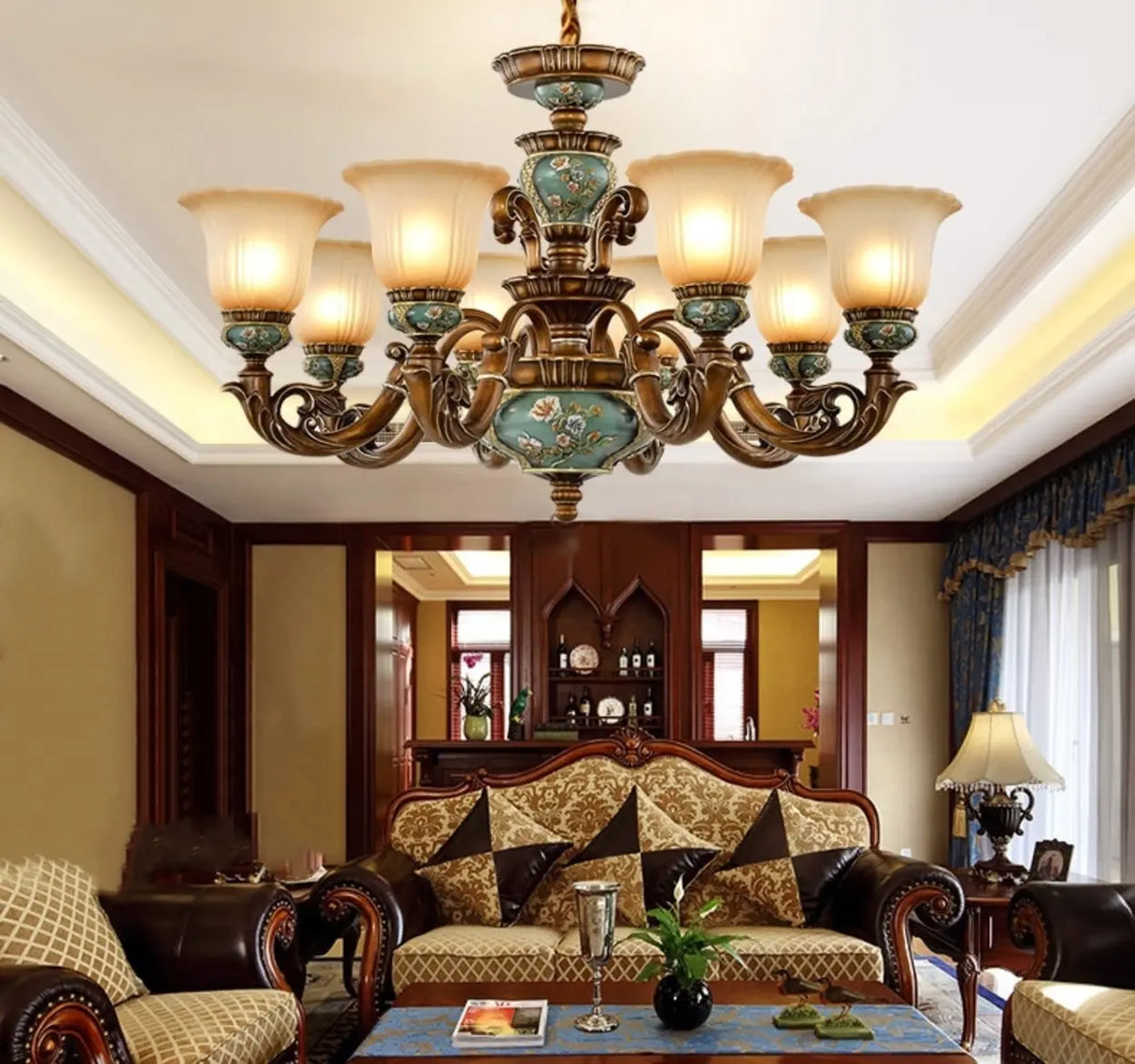
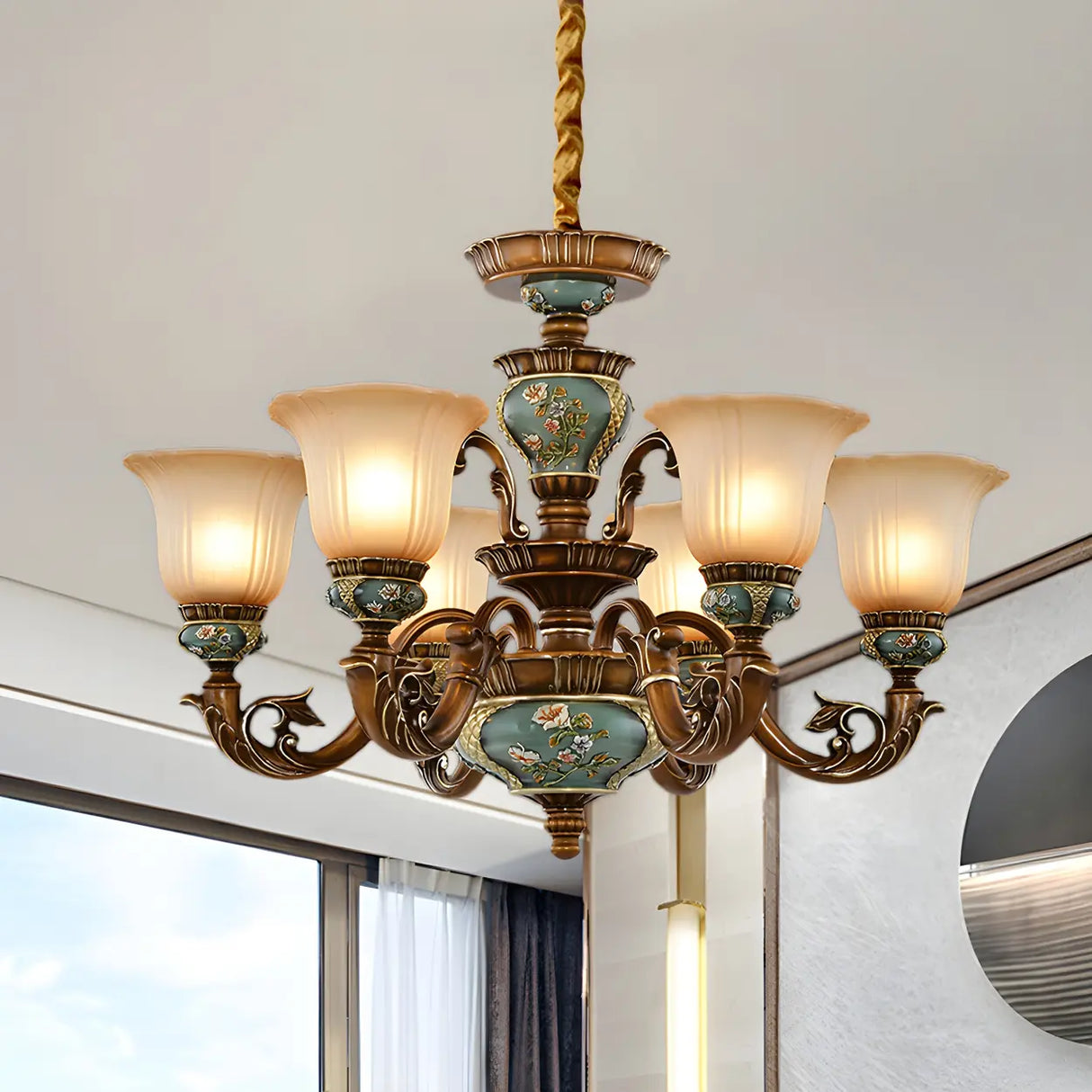
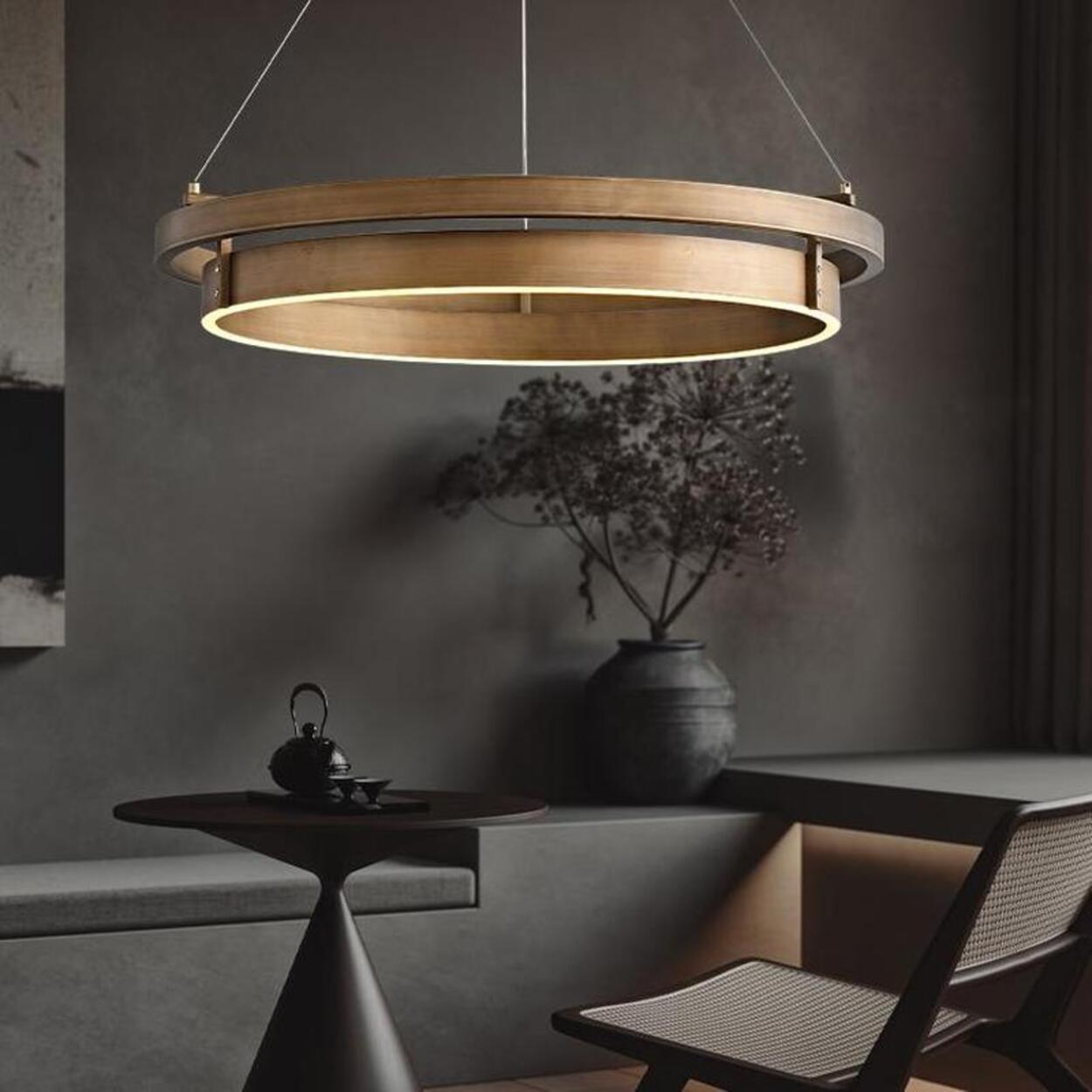
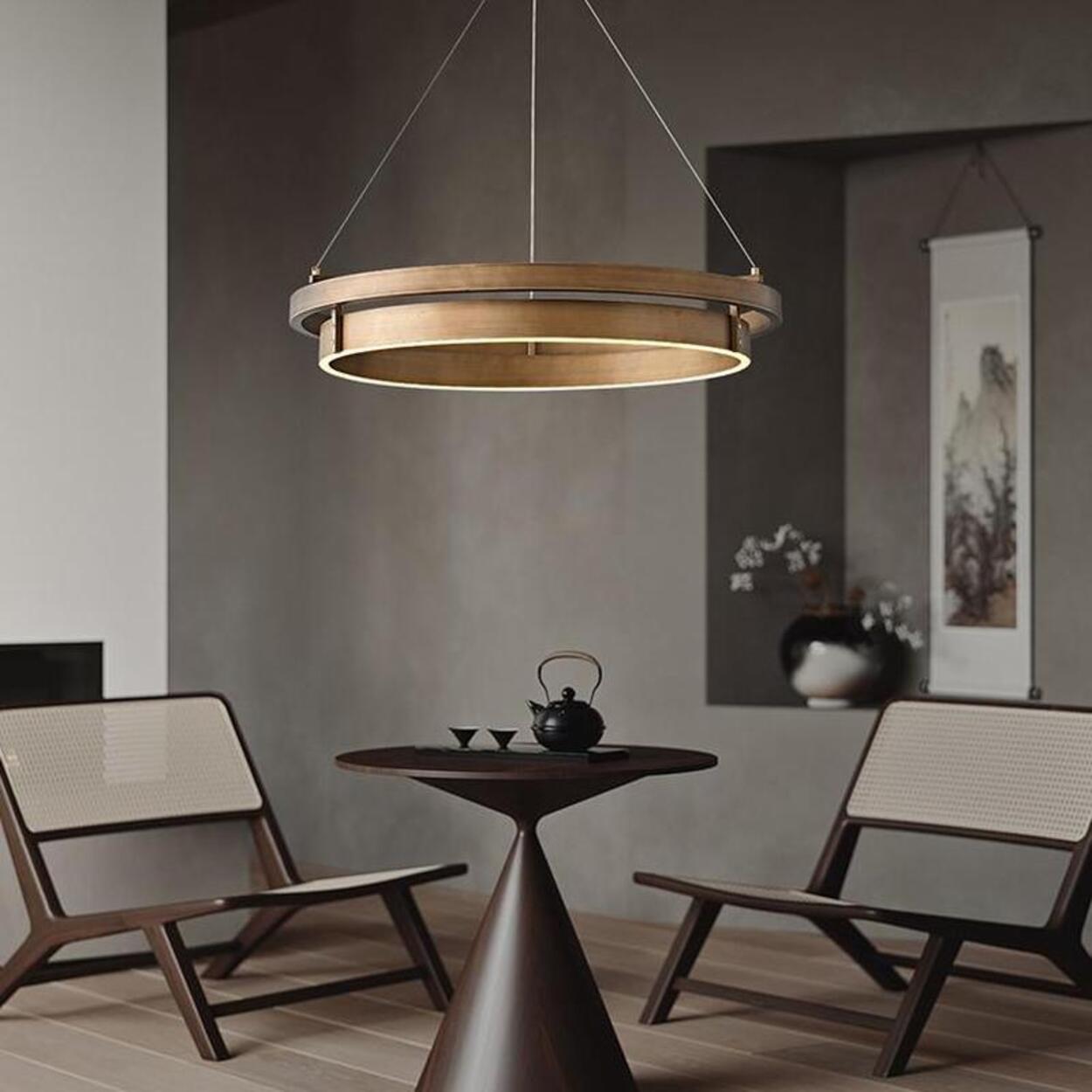
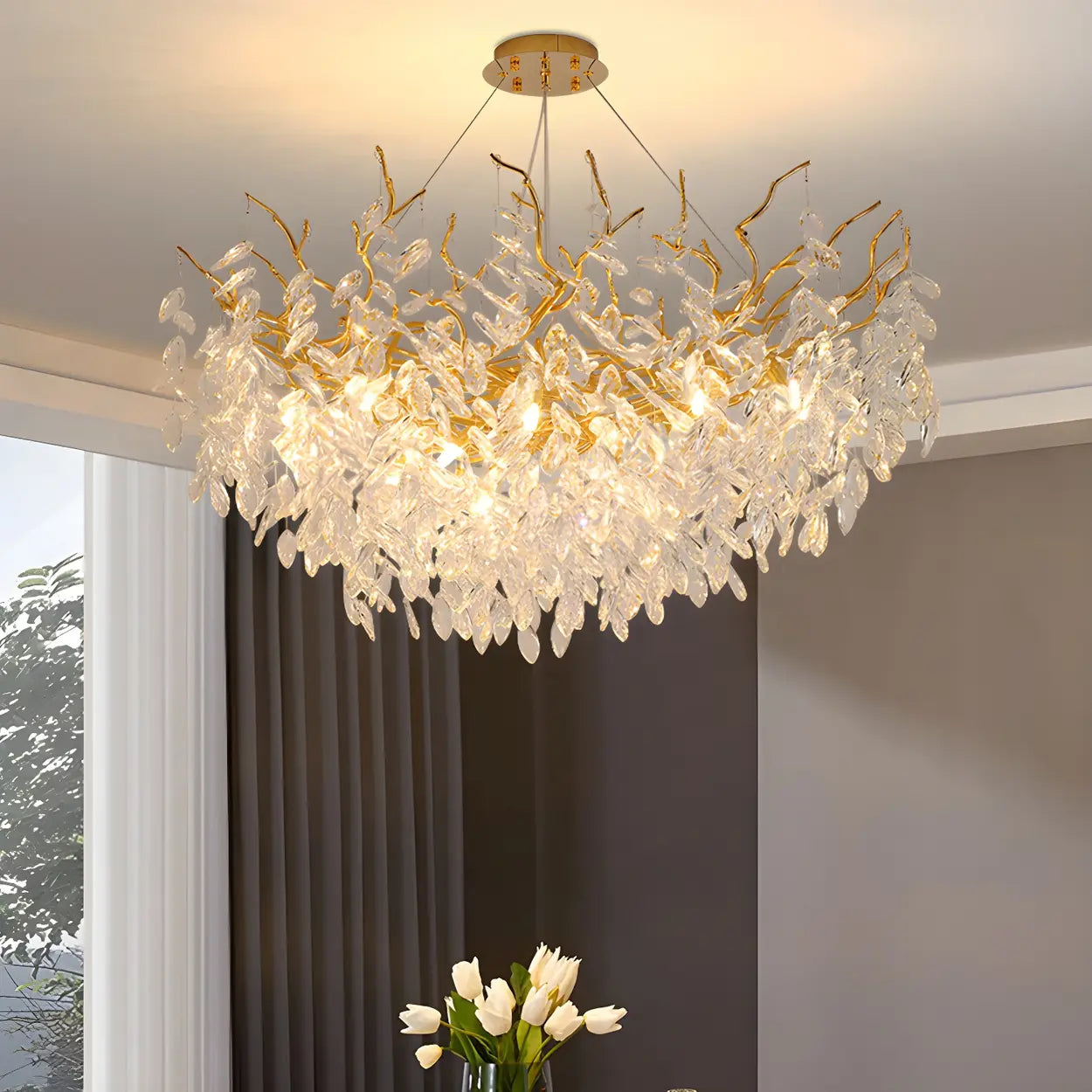
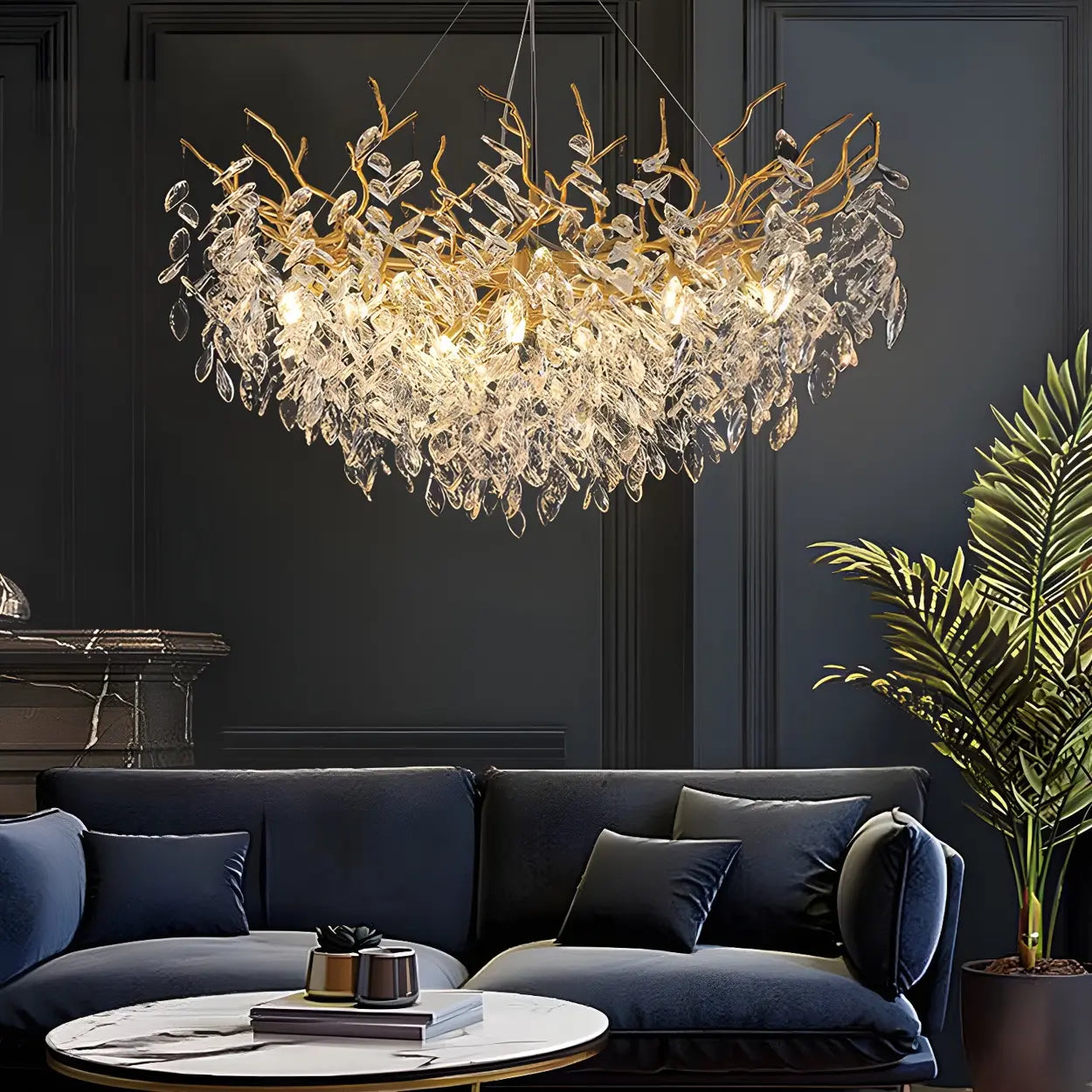
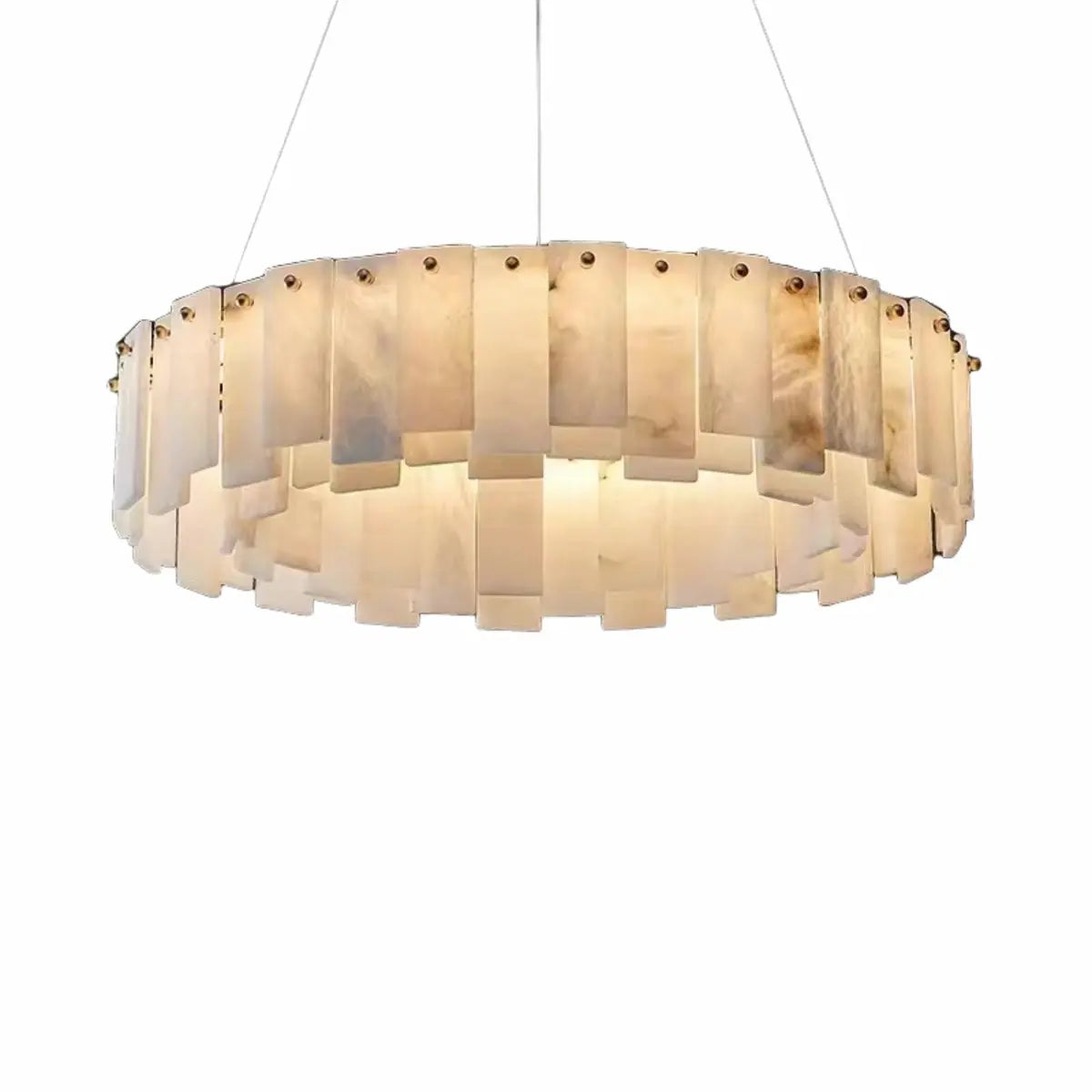
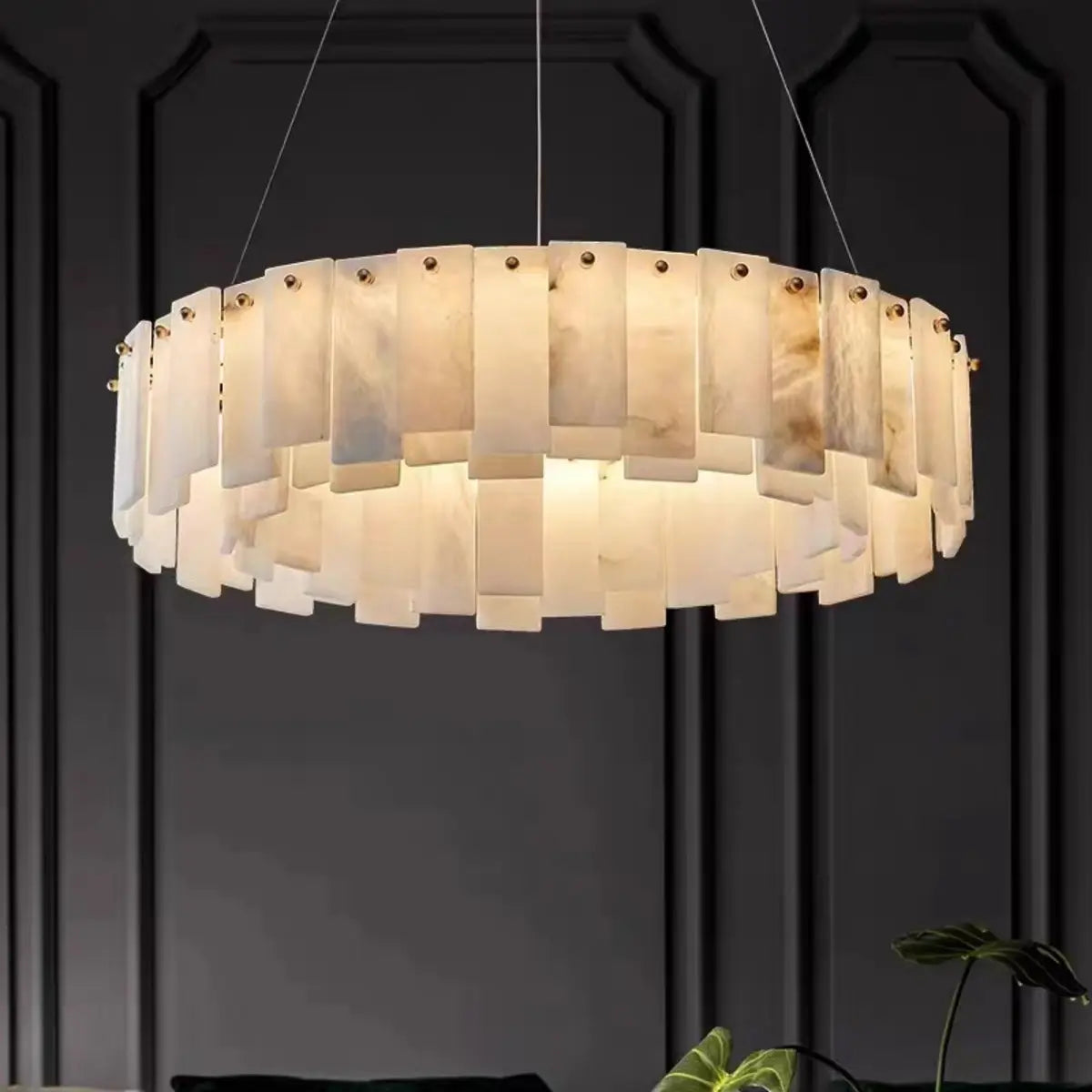
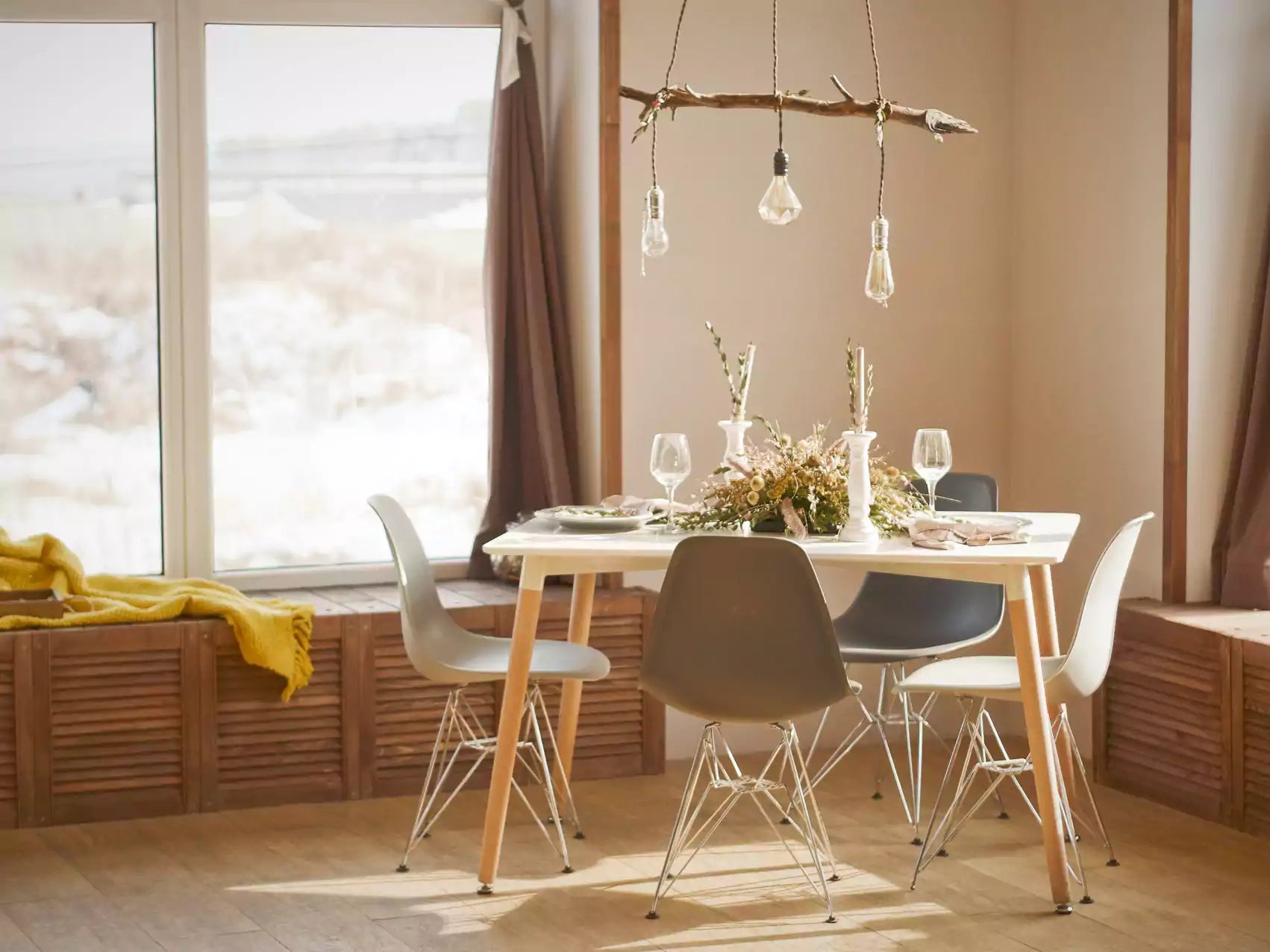
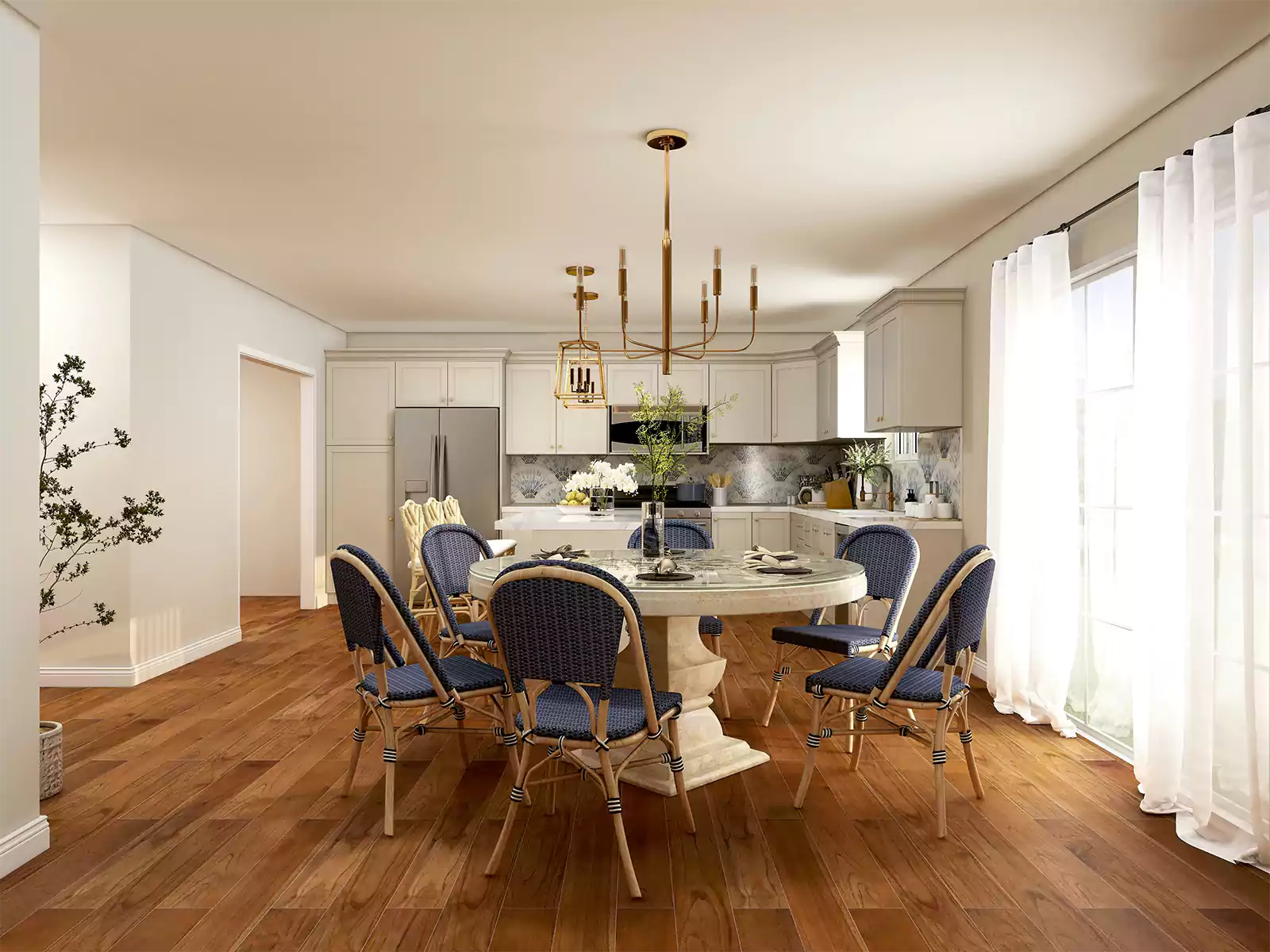
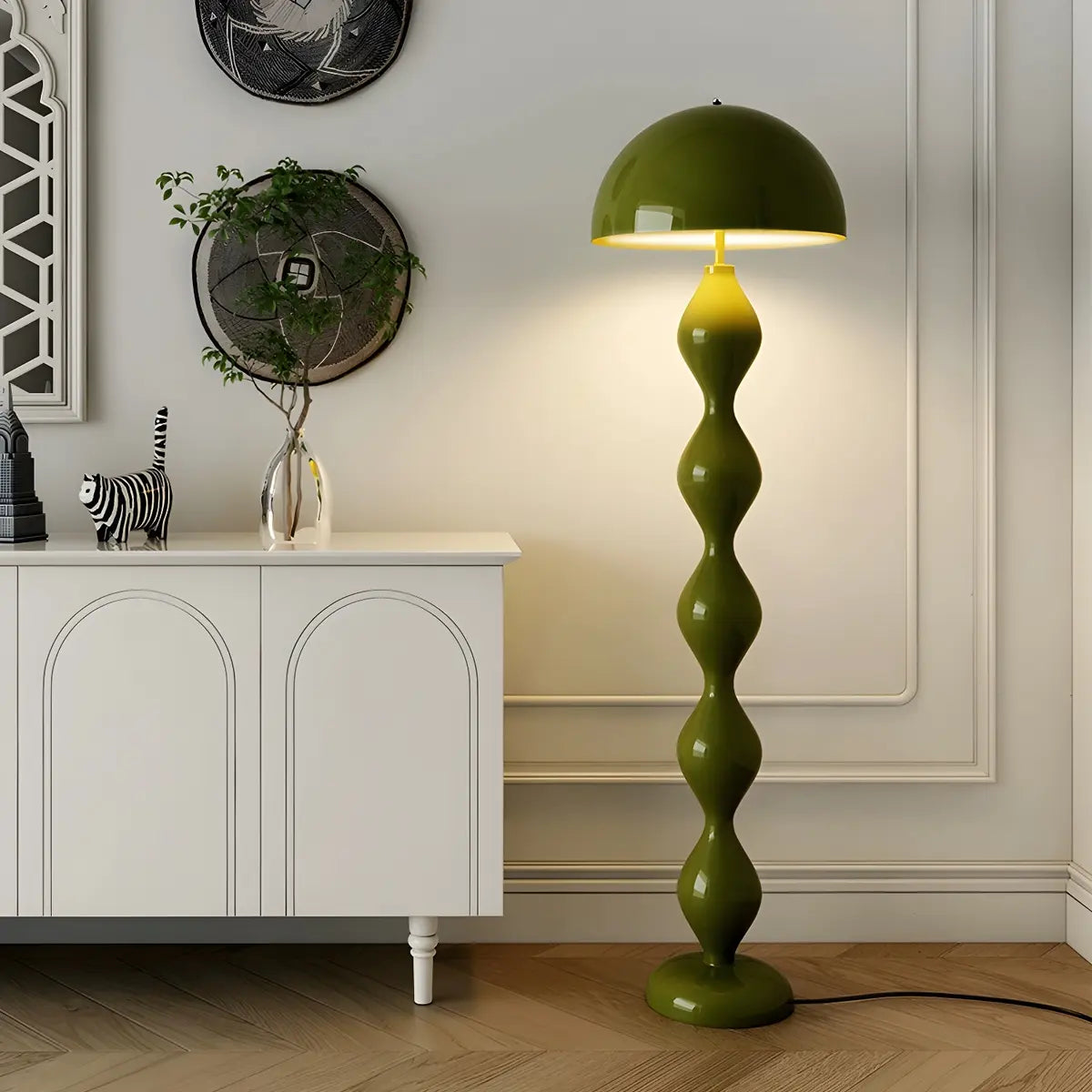
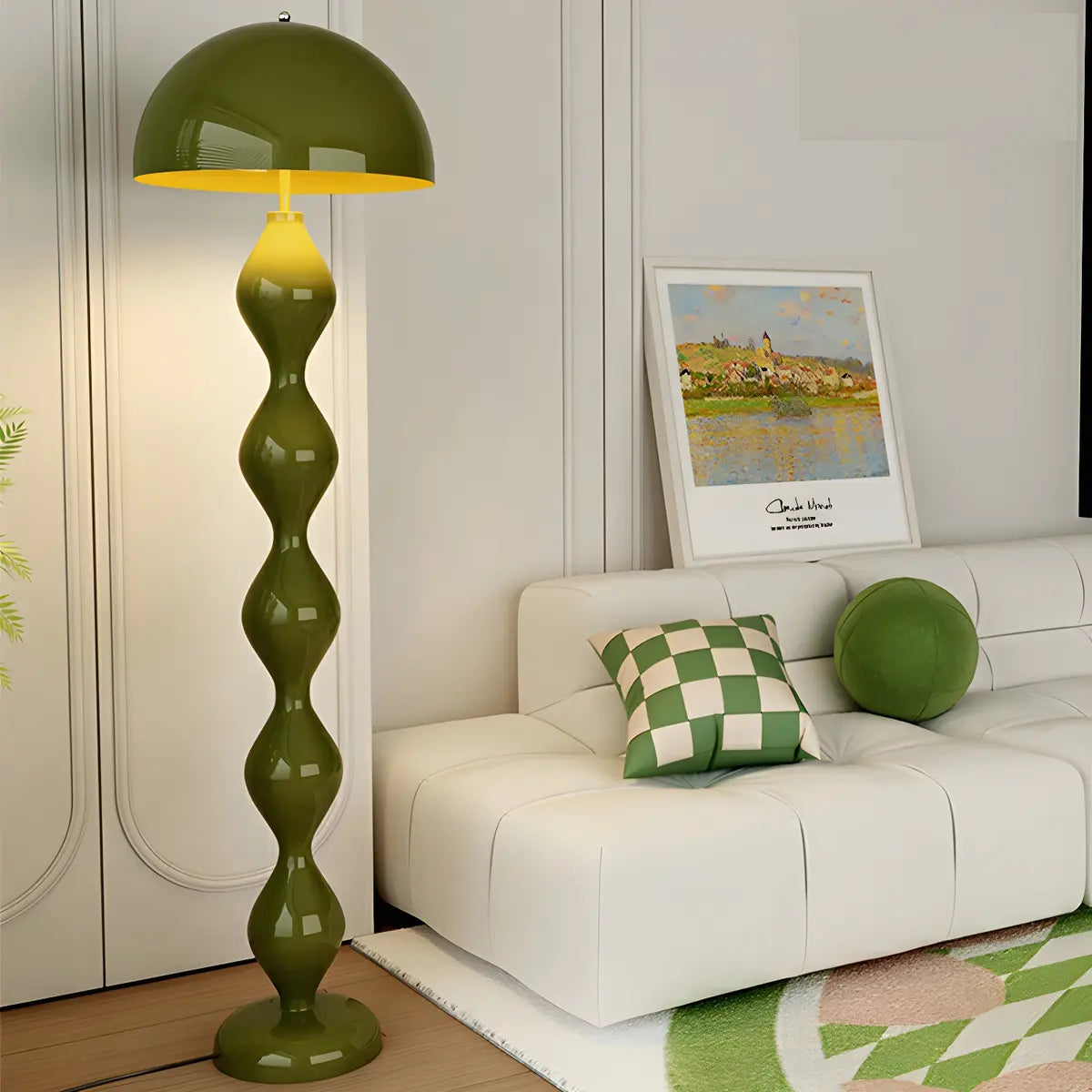
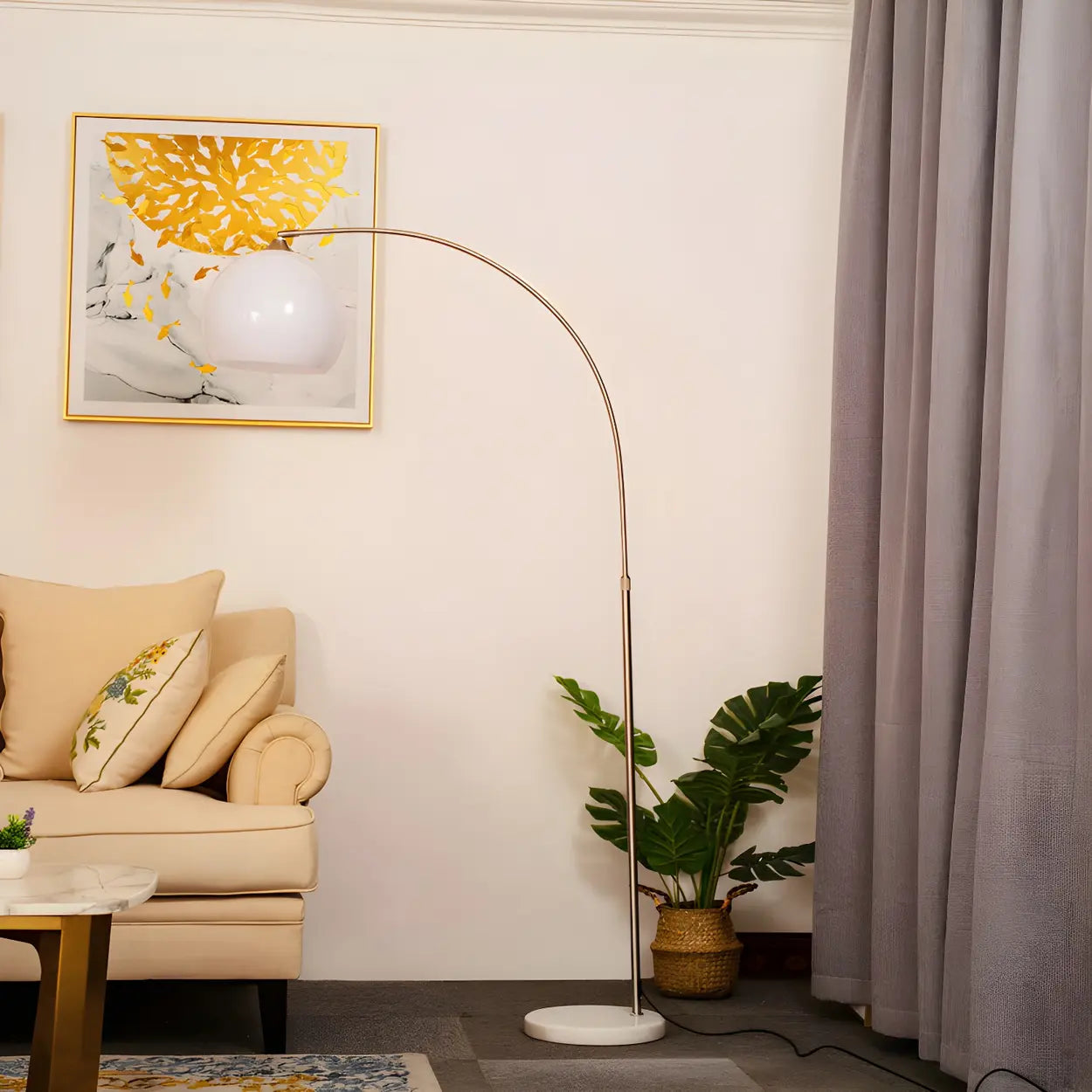
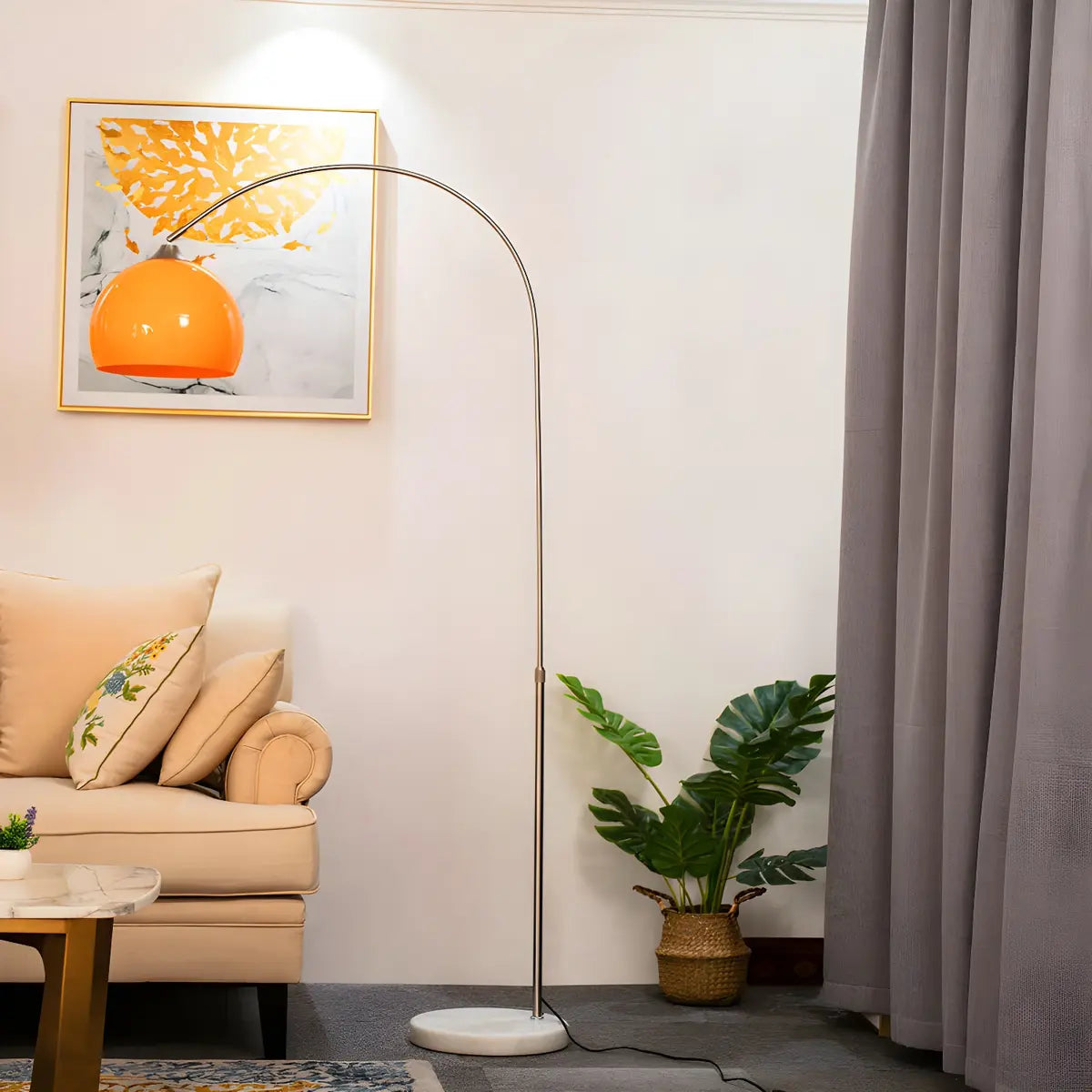

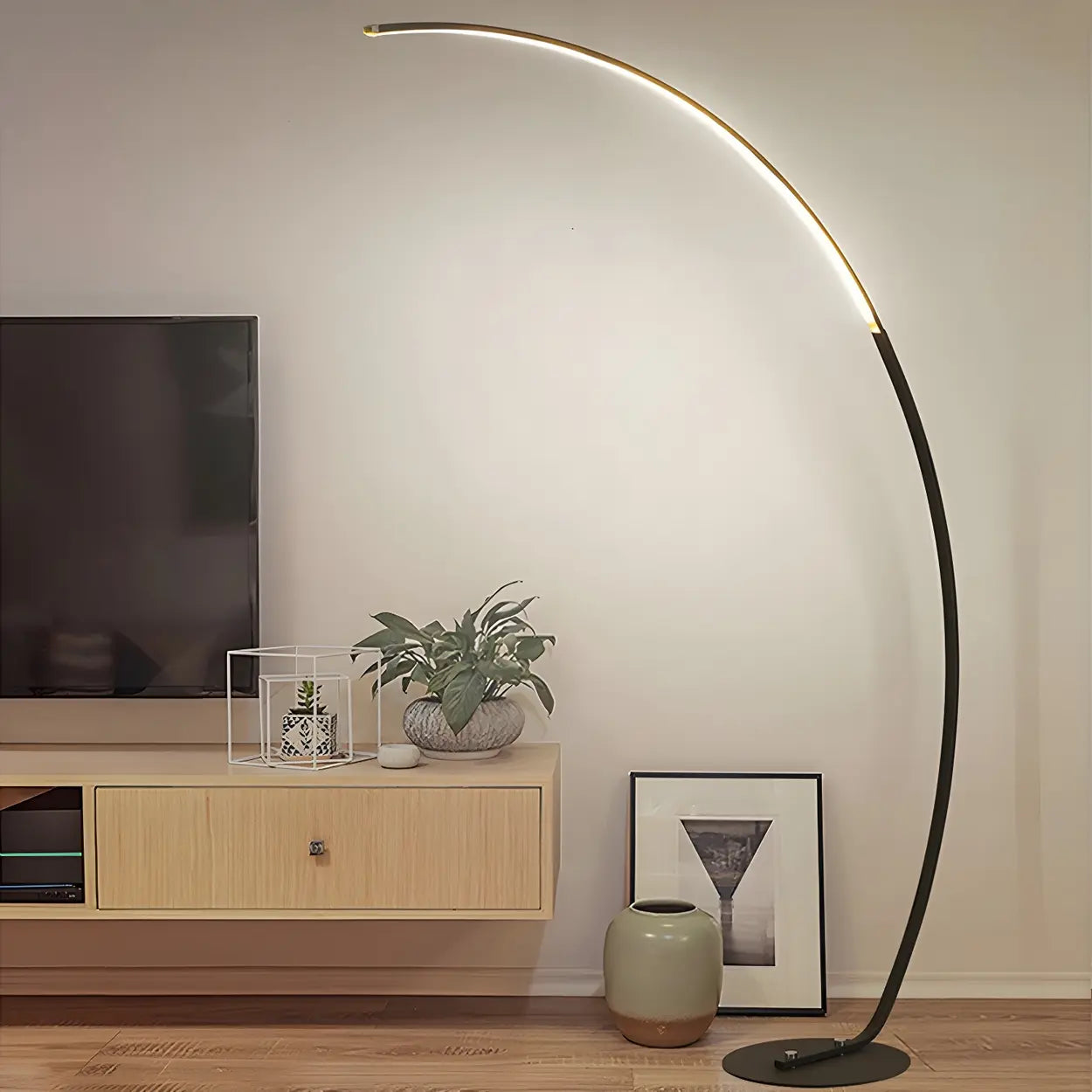
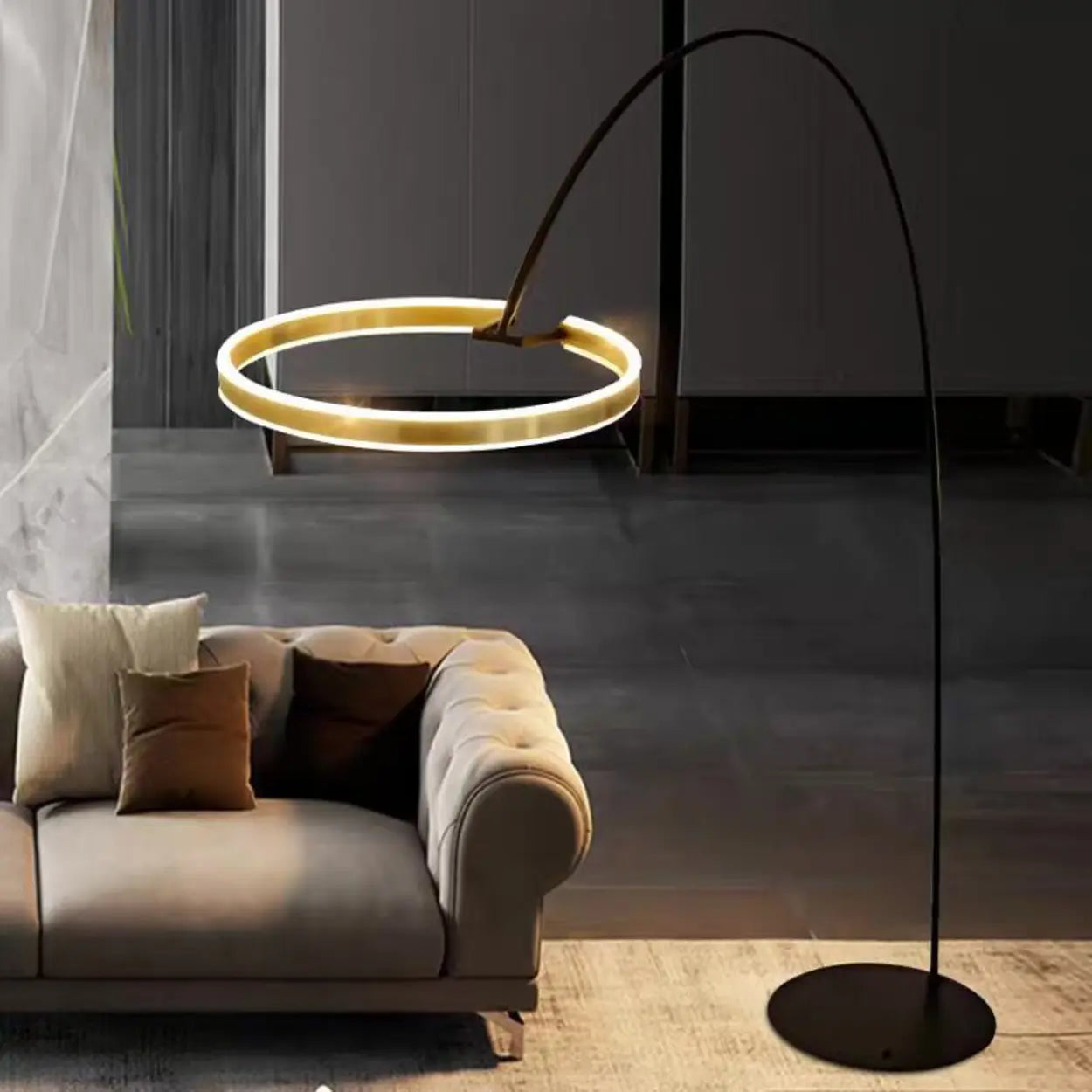
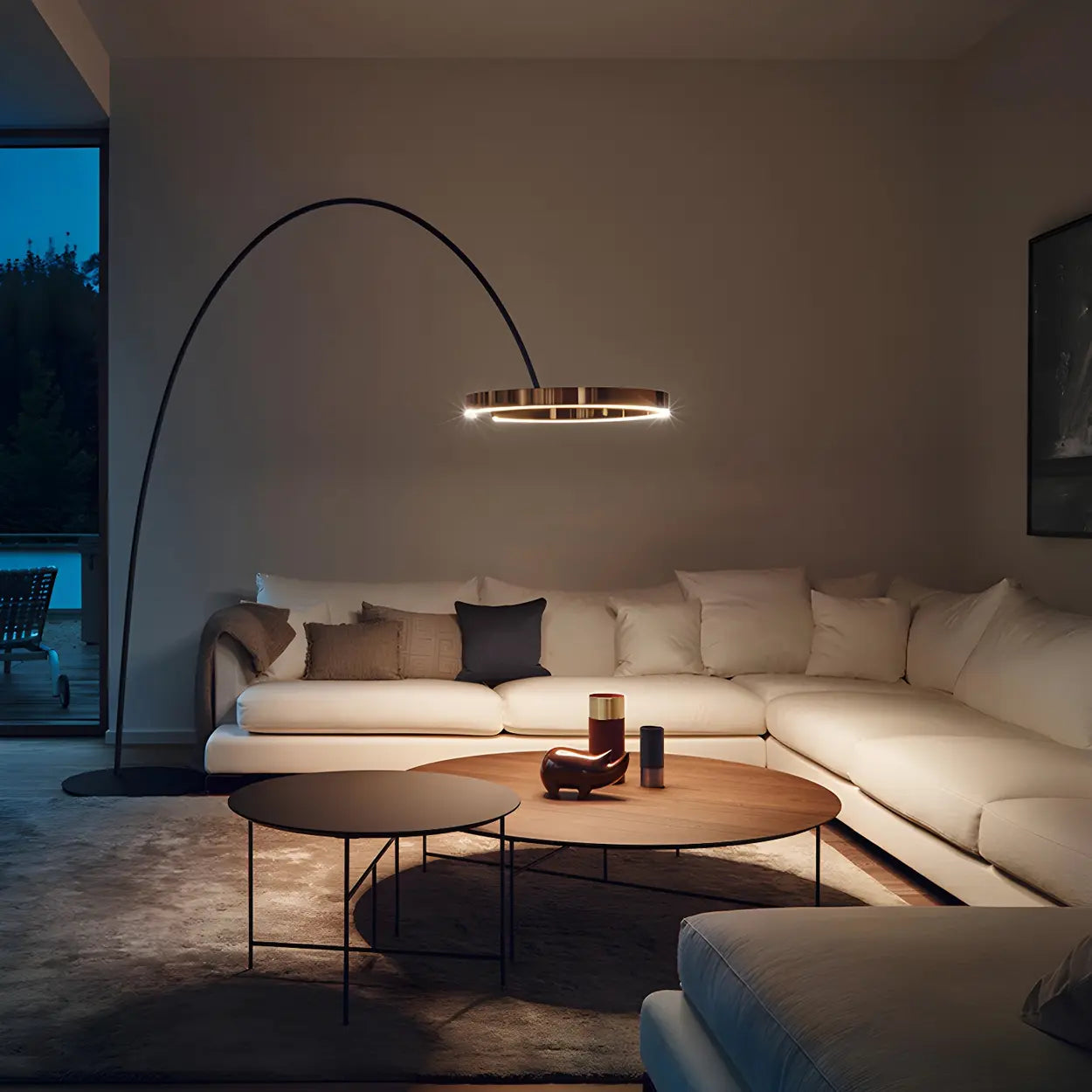
![10 Best Floor Lamp for Reading [2025 Review]](http://www.homebaa.com/cdn/shop/articles/banner_c990b0a4-4743-4902-b6be-5609f7a21a90.webp?v=1747357941)


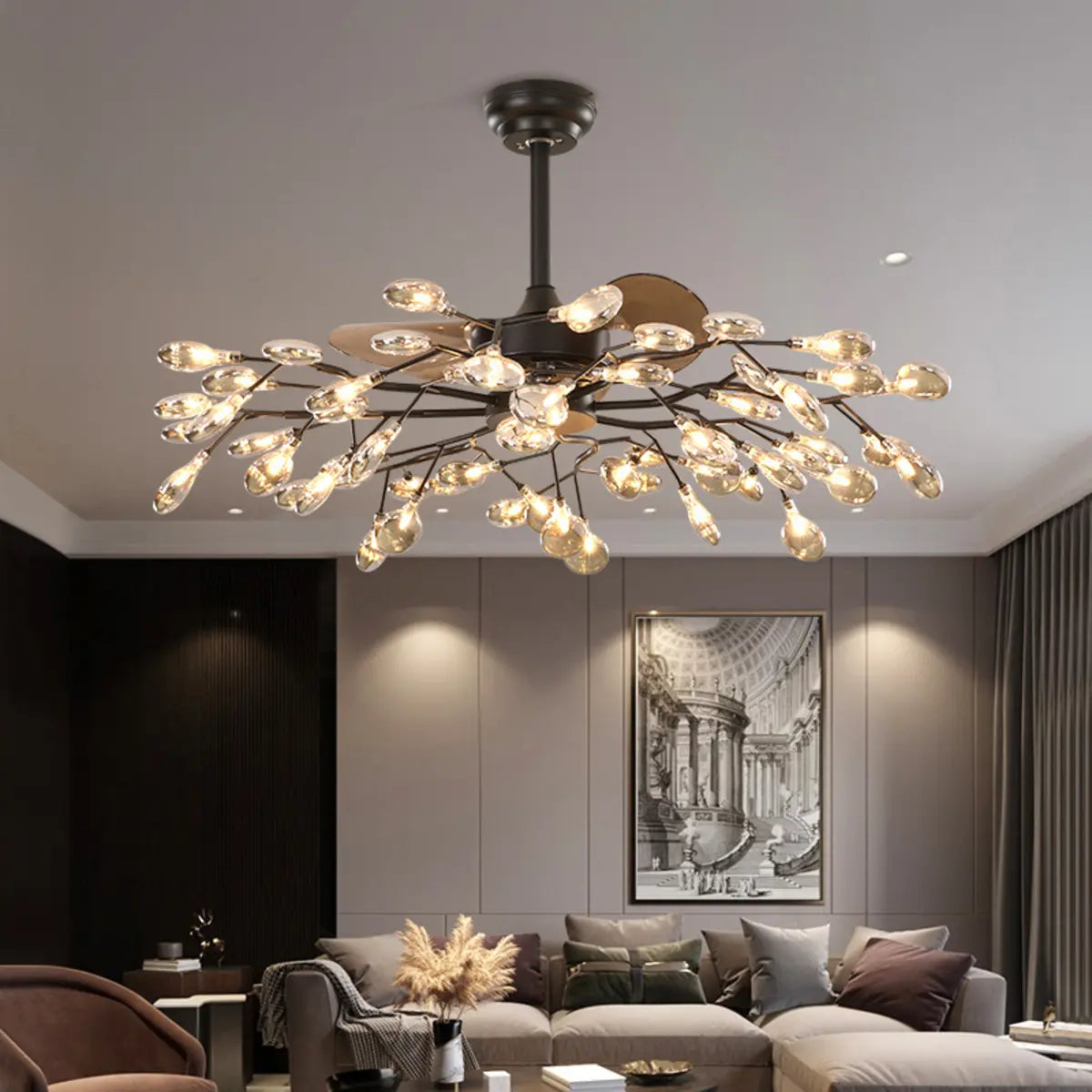
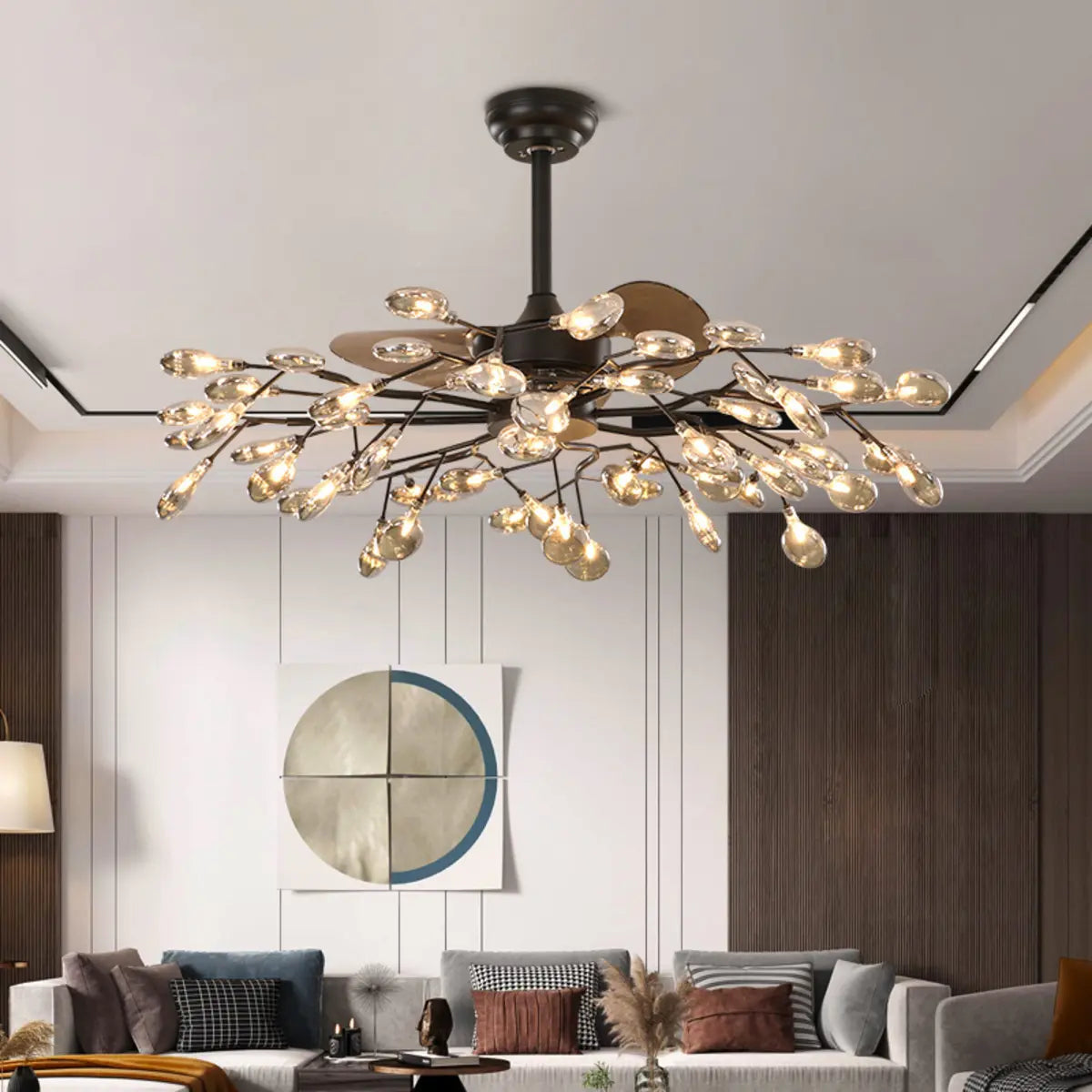
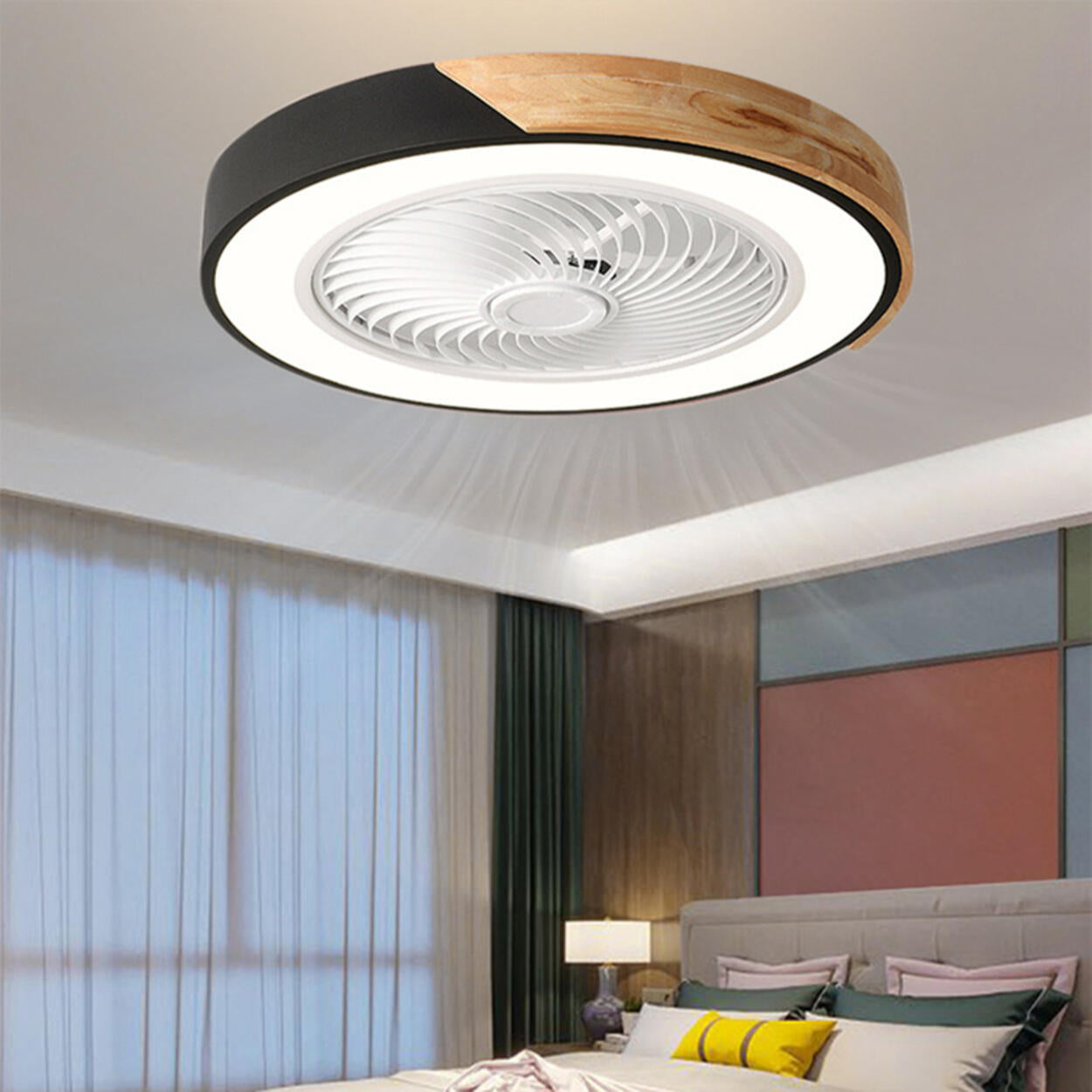
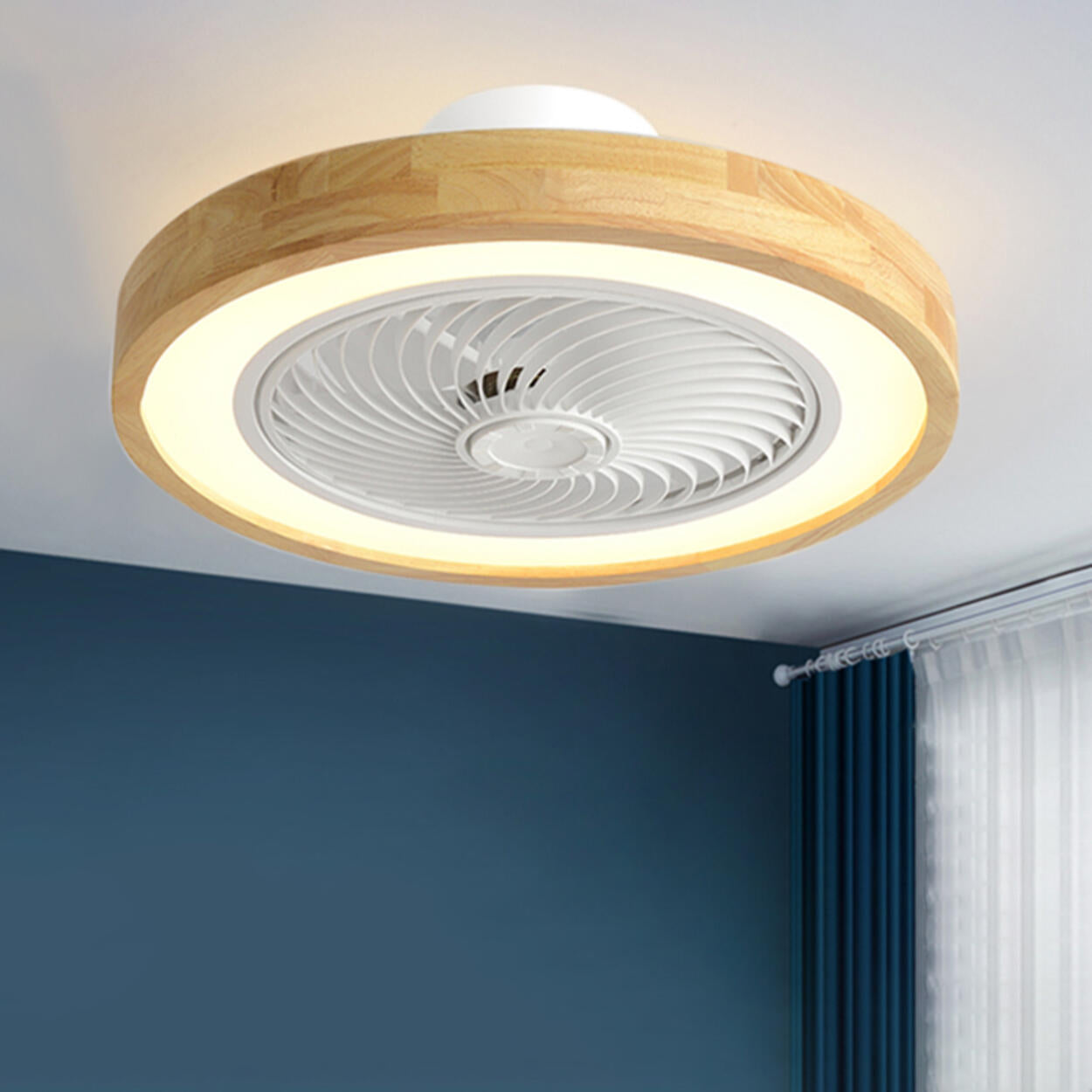


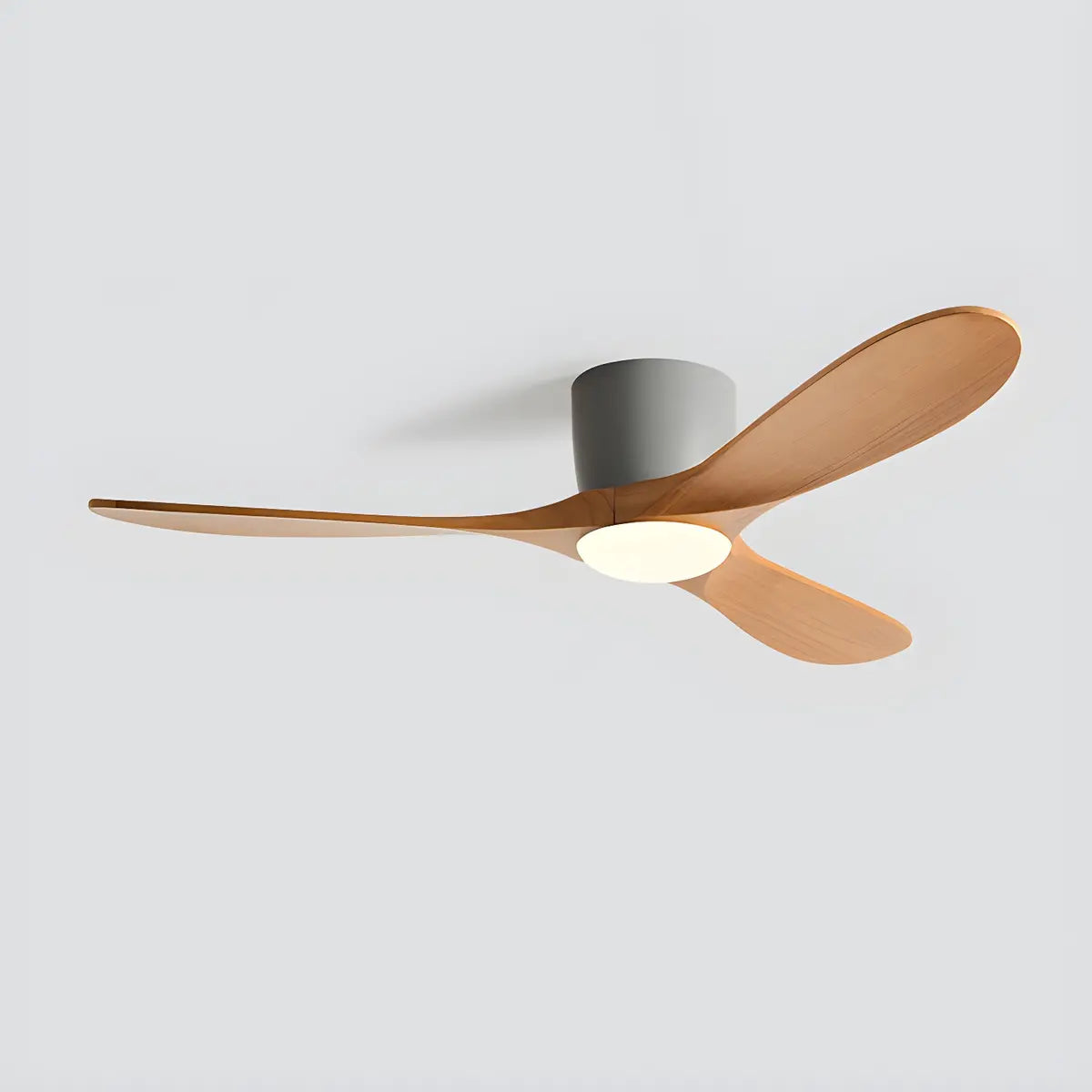
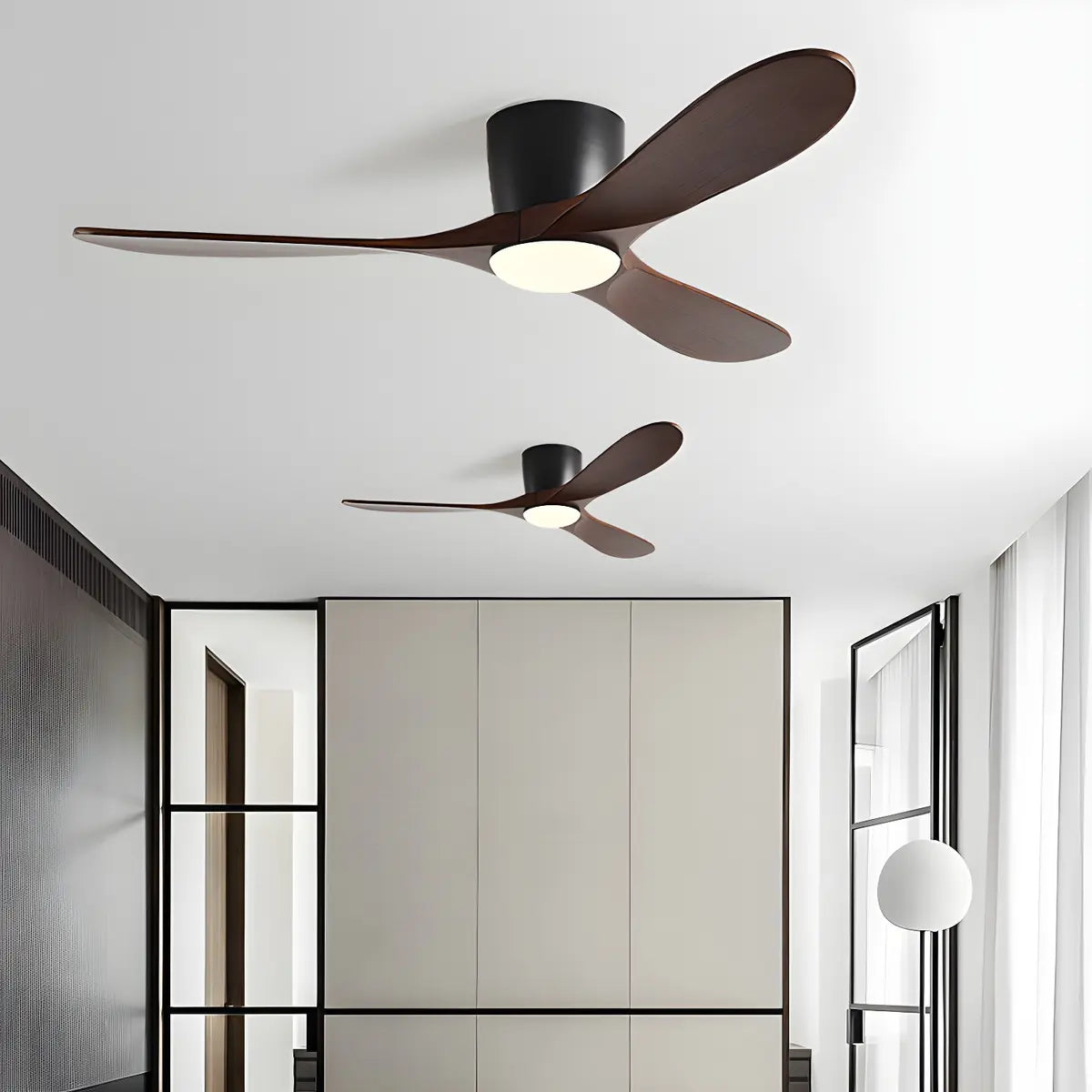
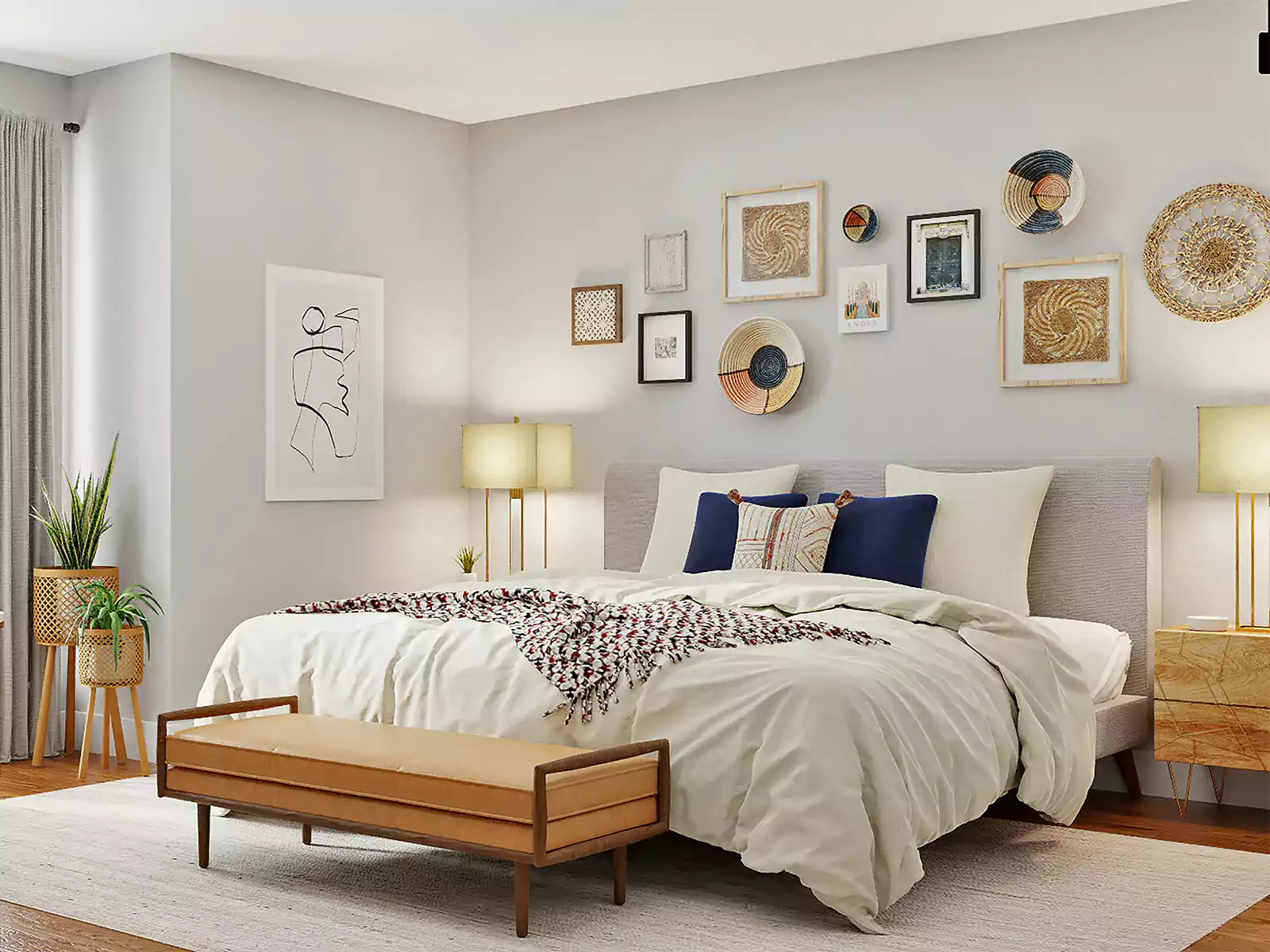

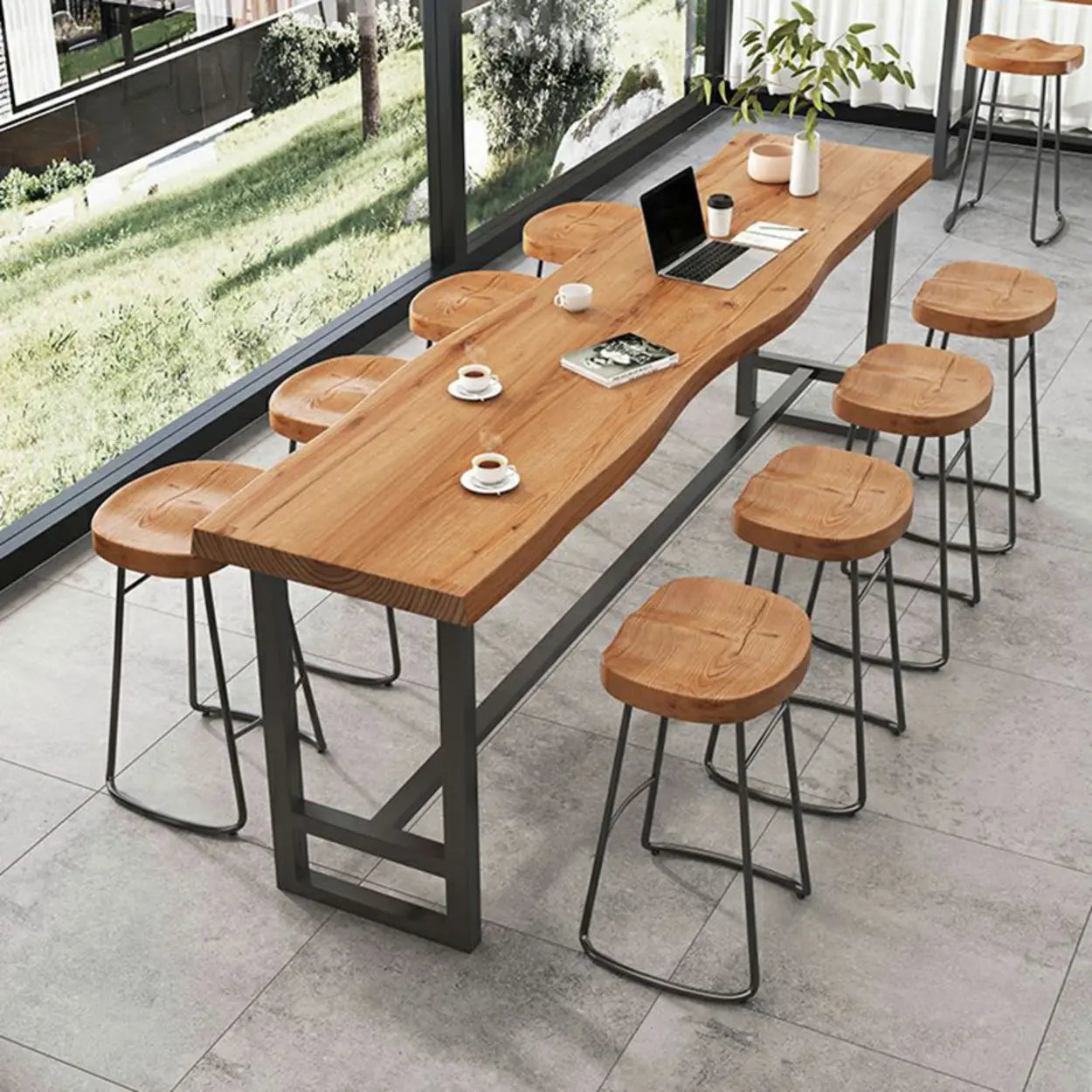
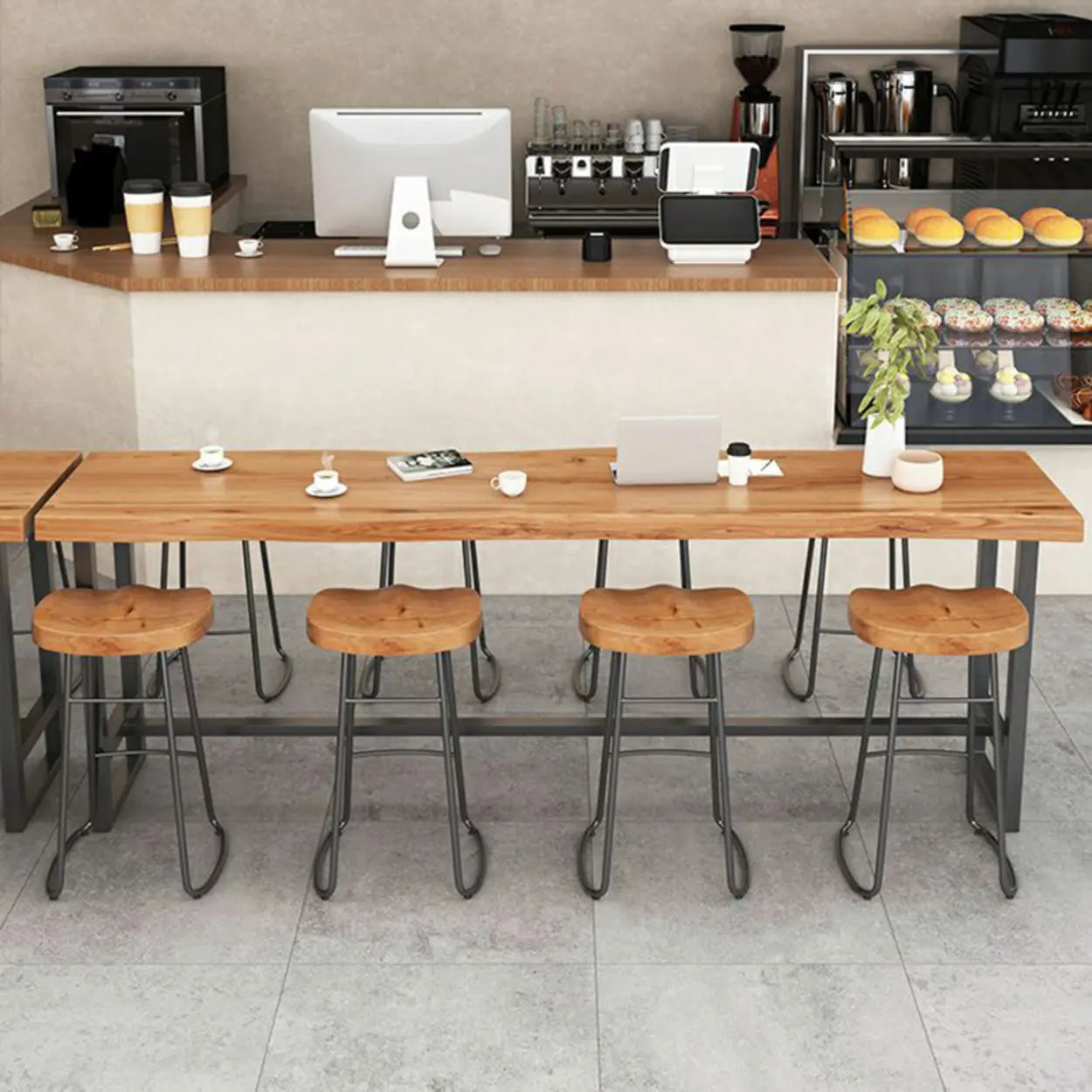
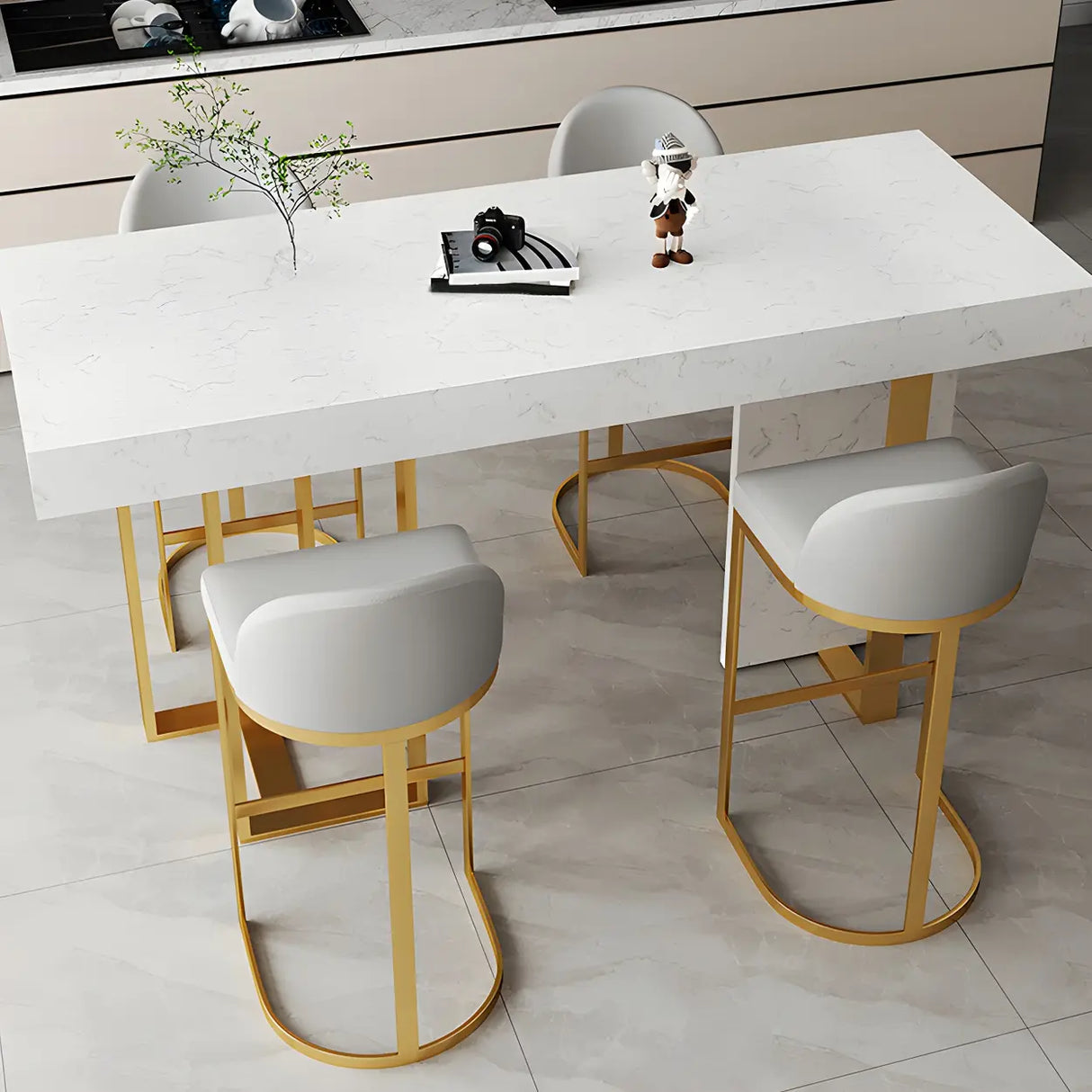
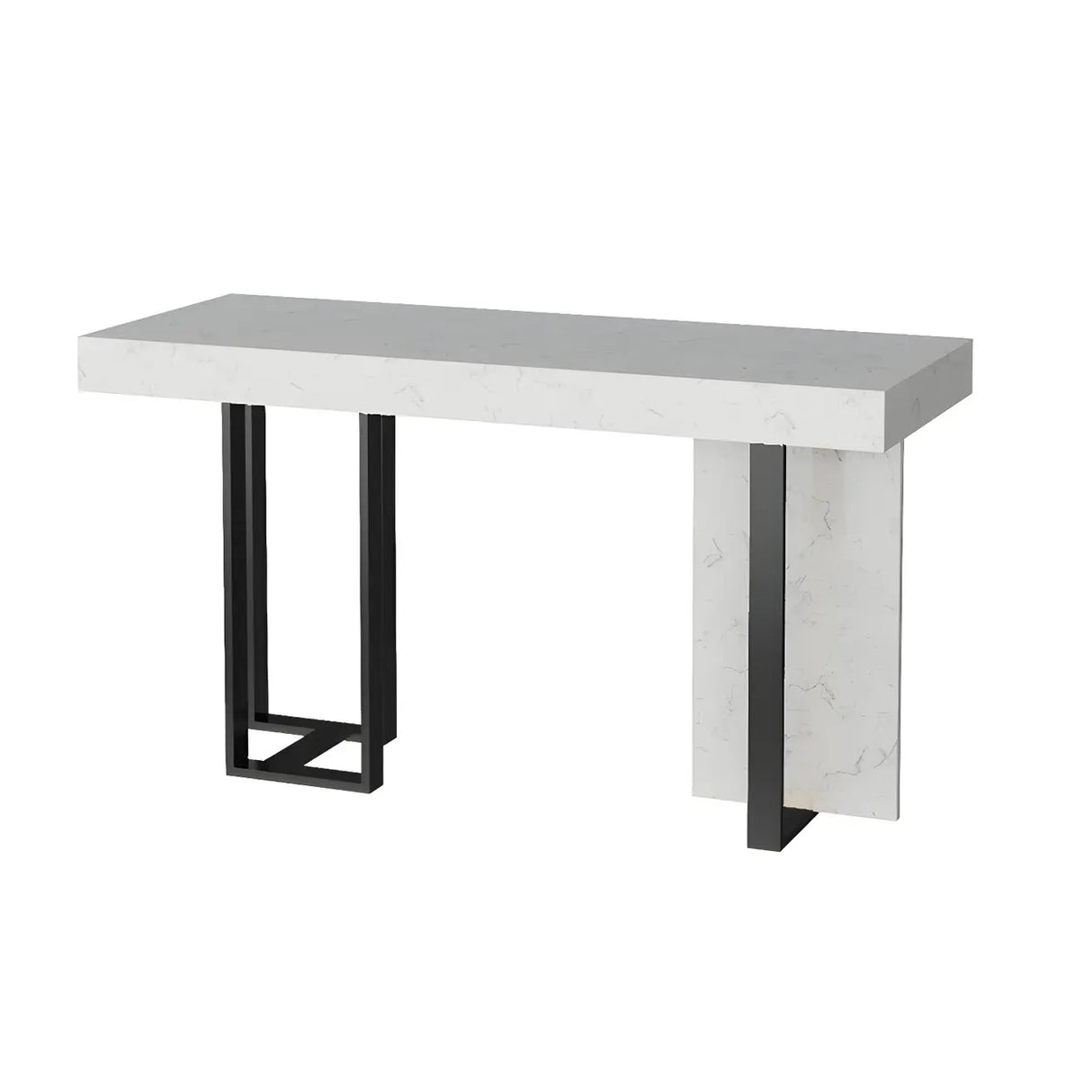
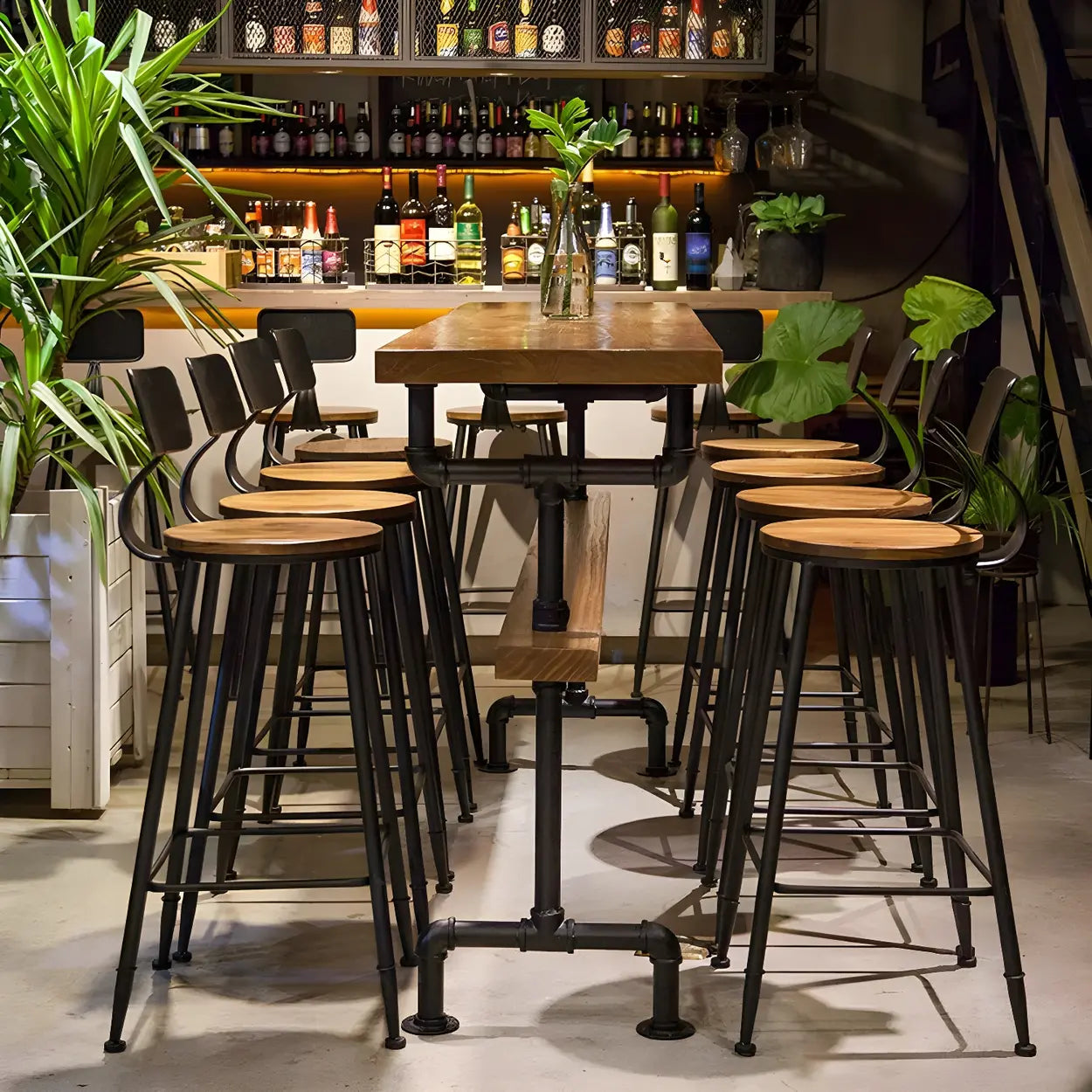
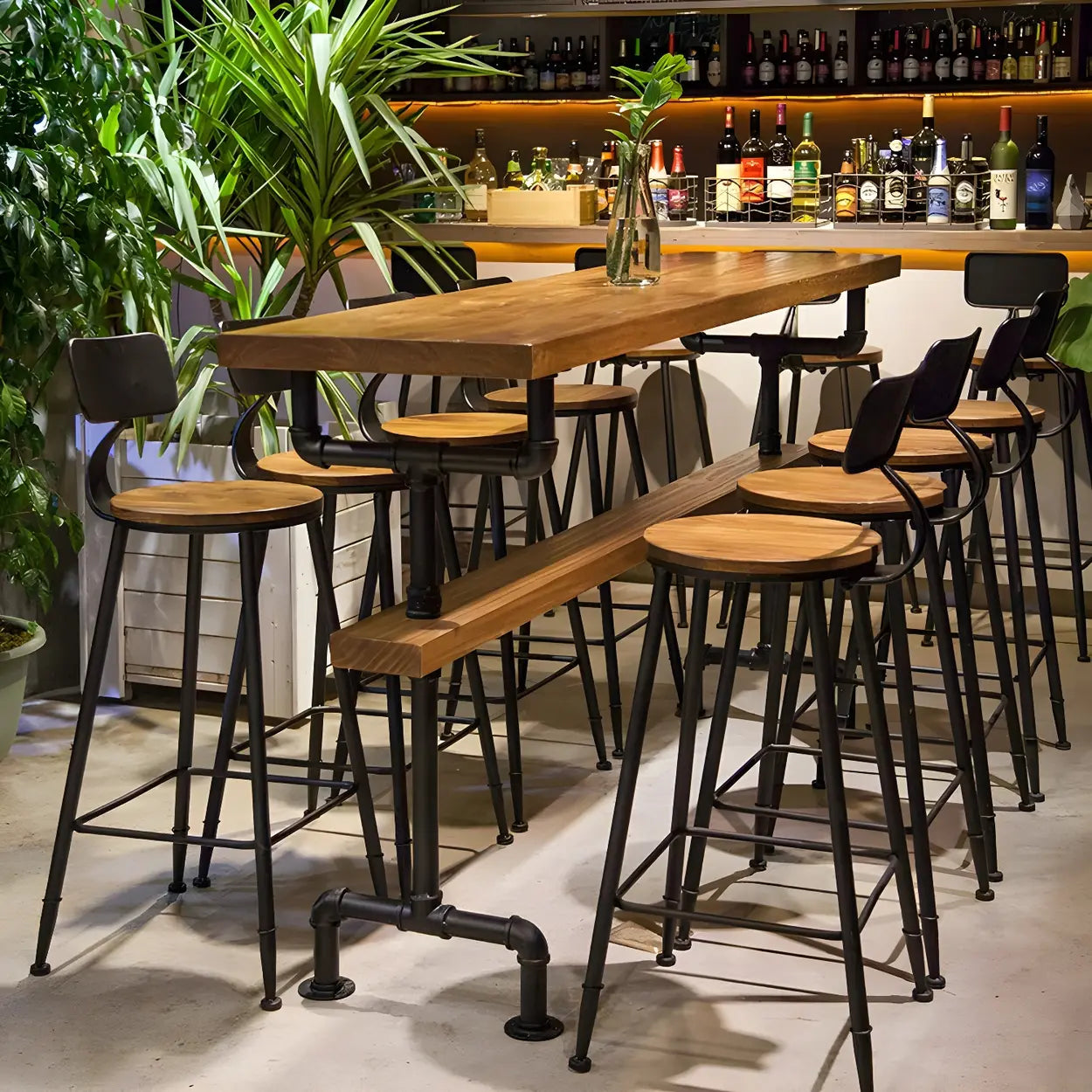
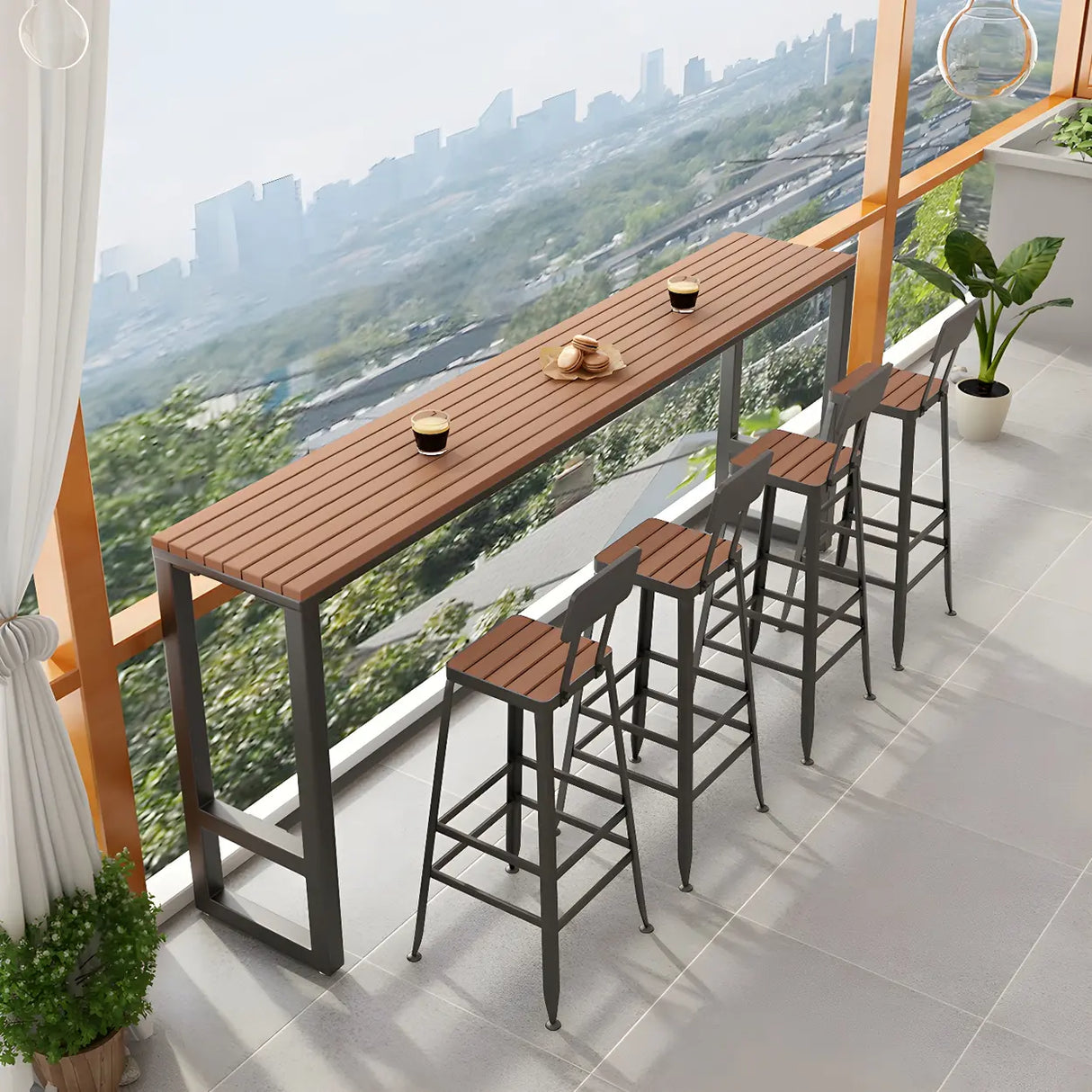
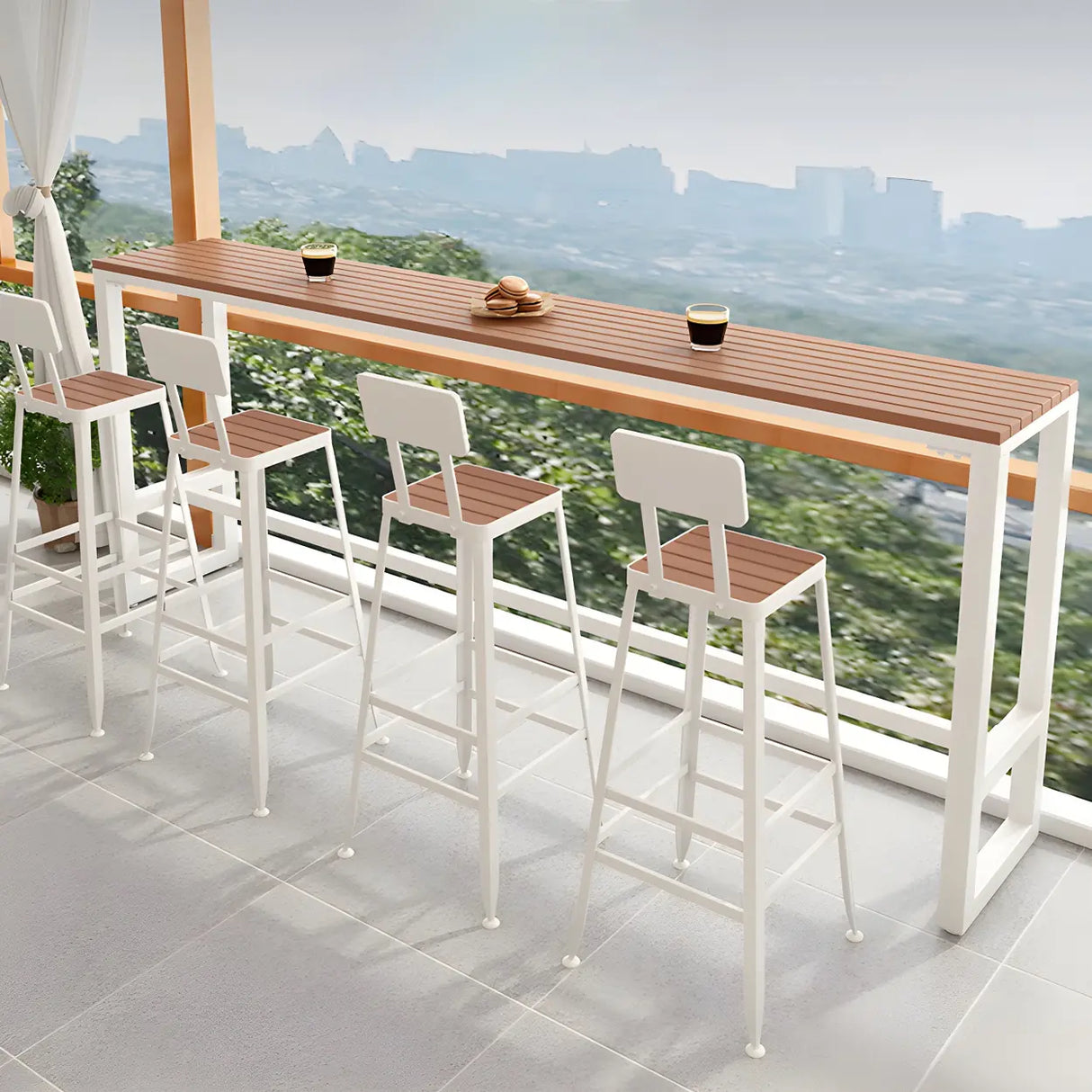
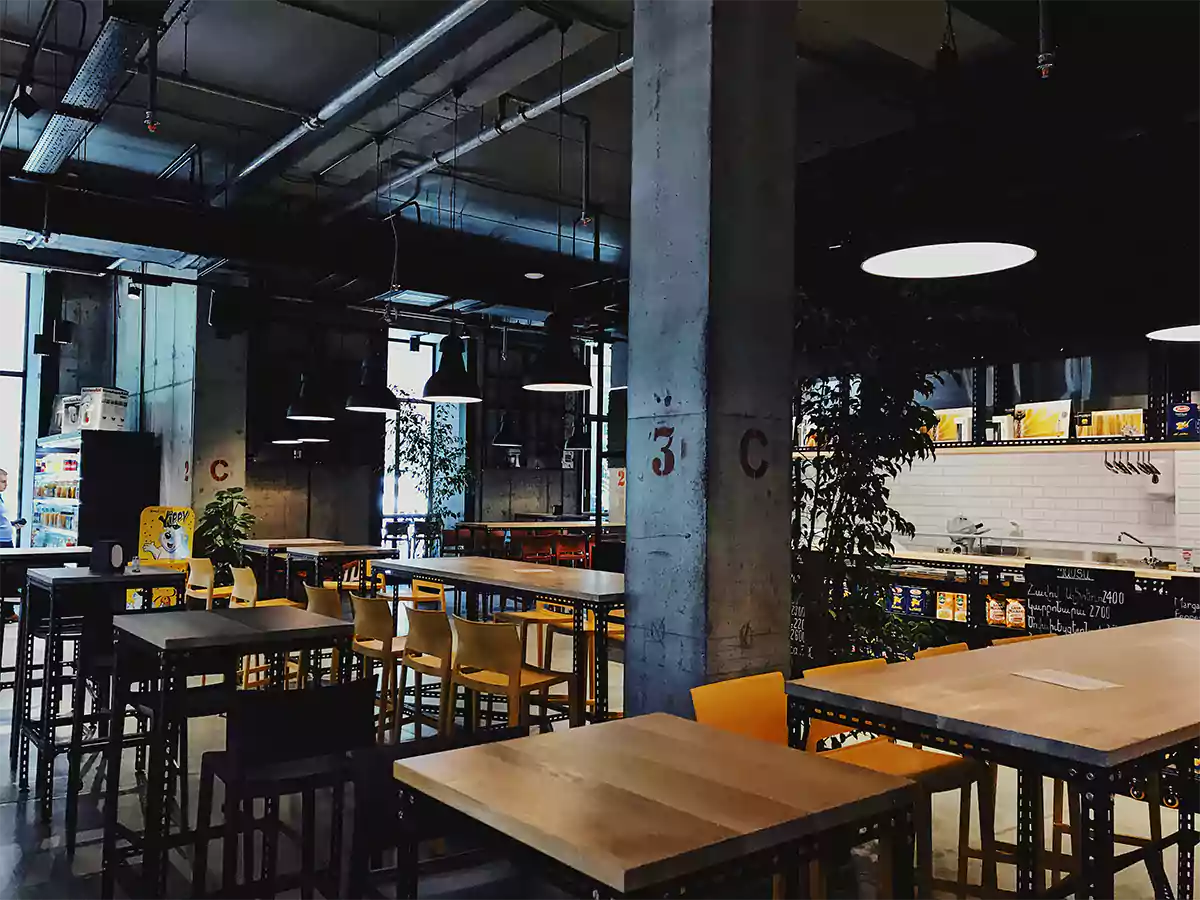
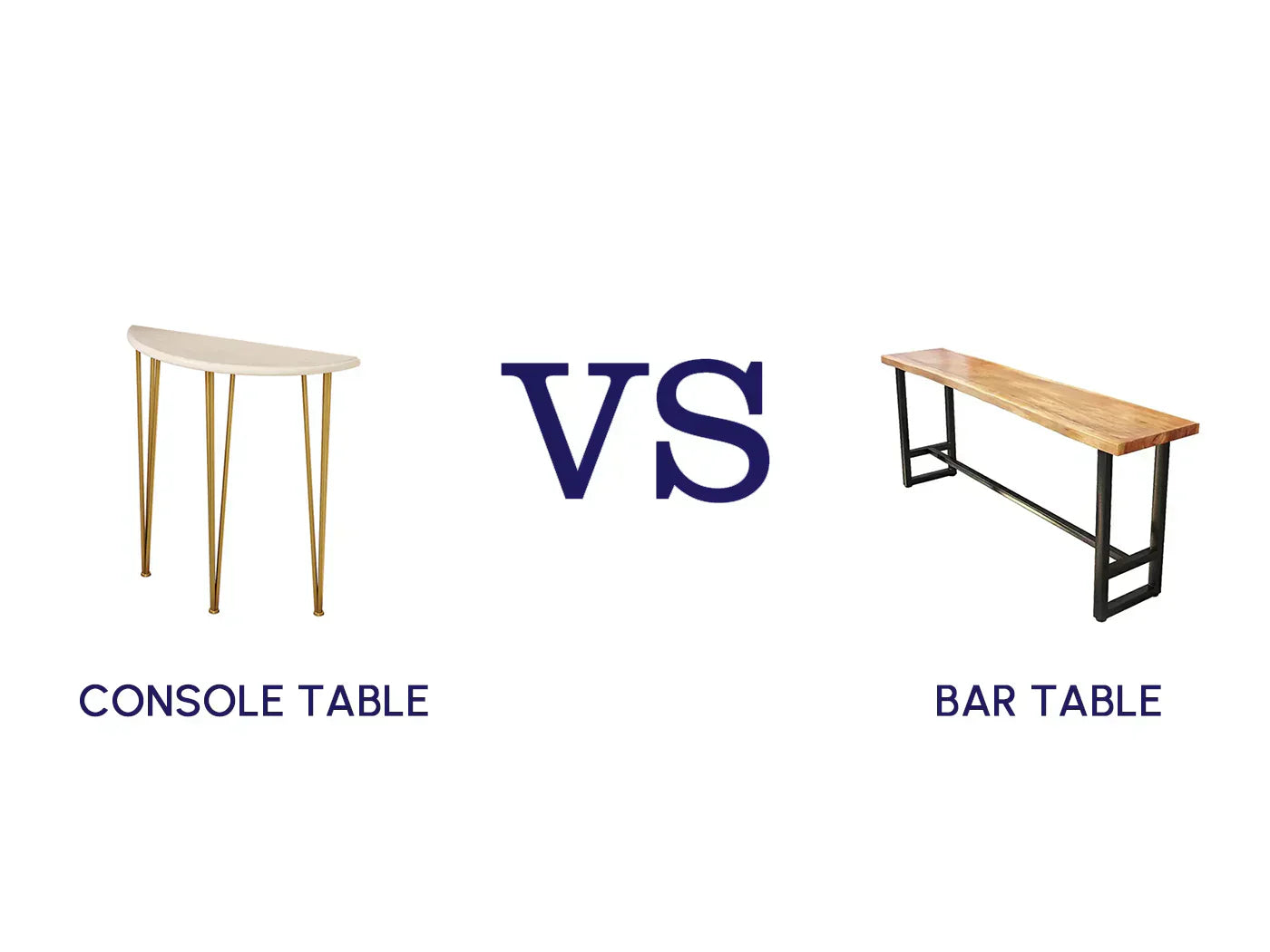
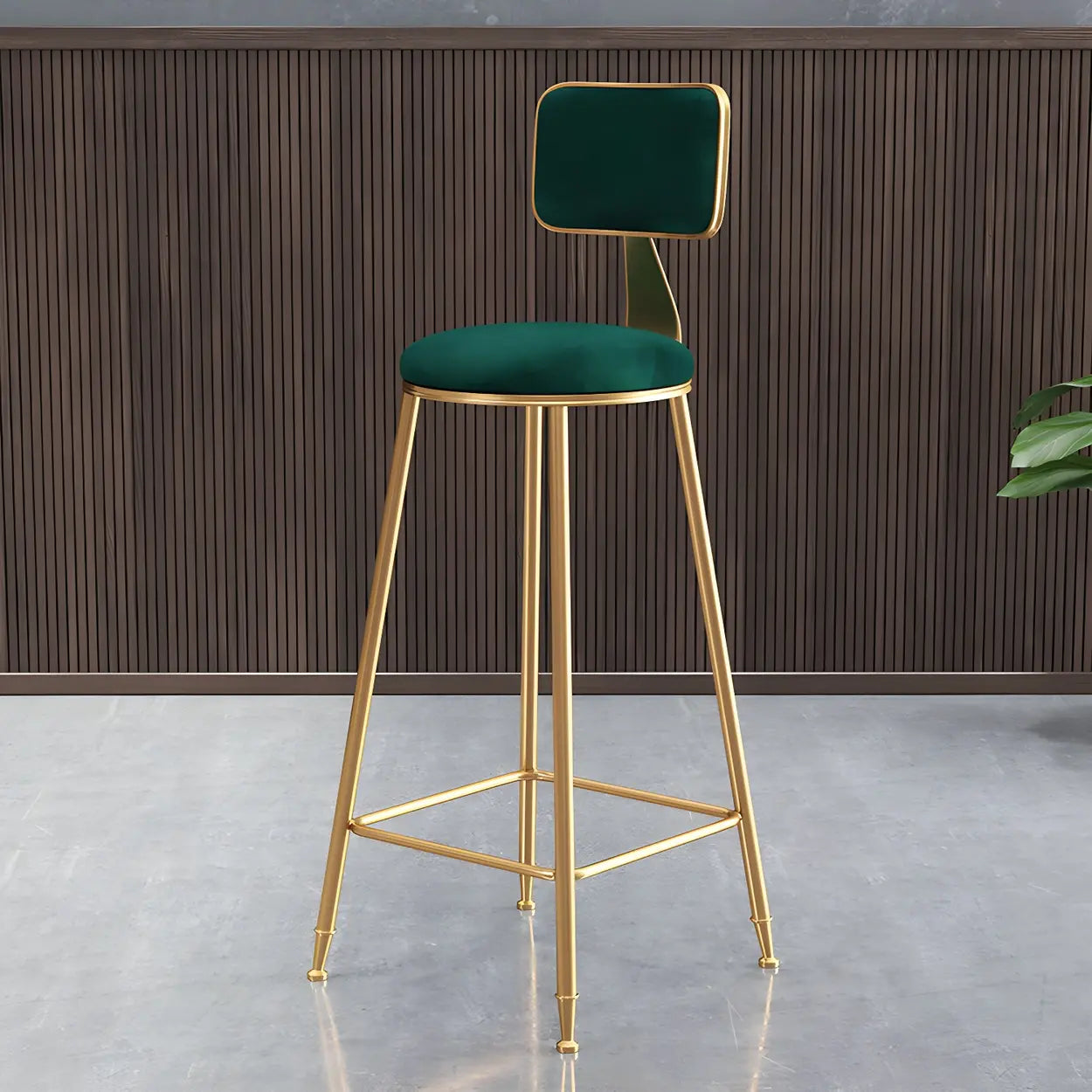
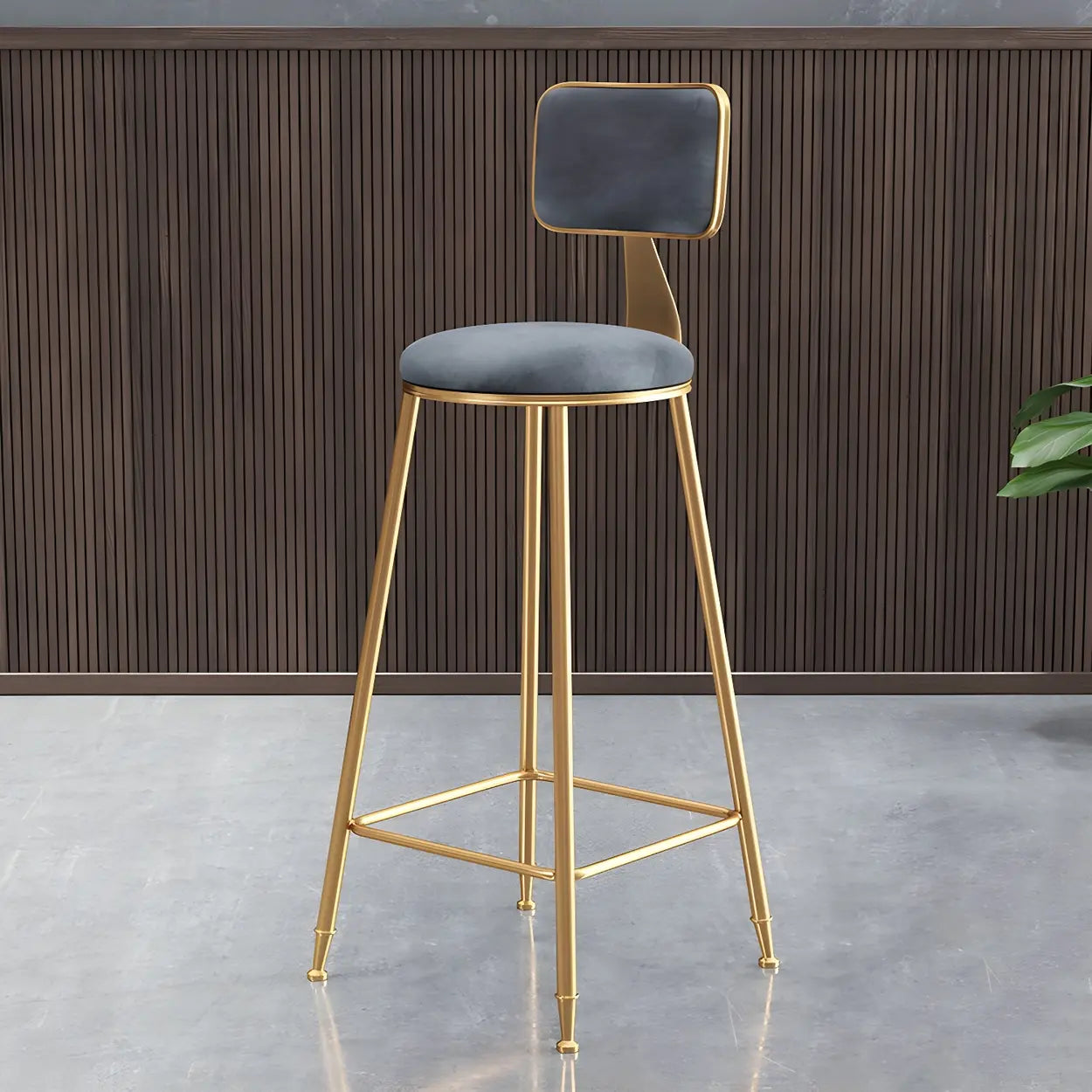


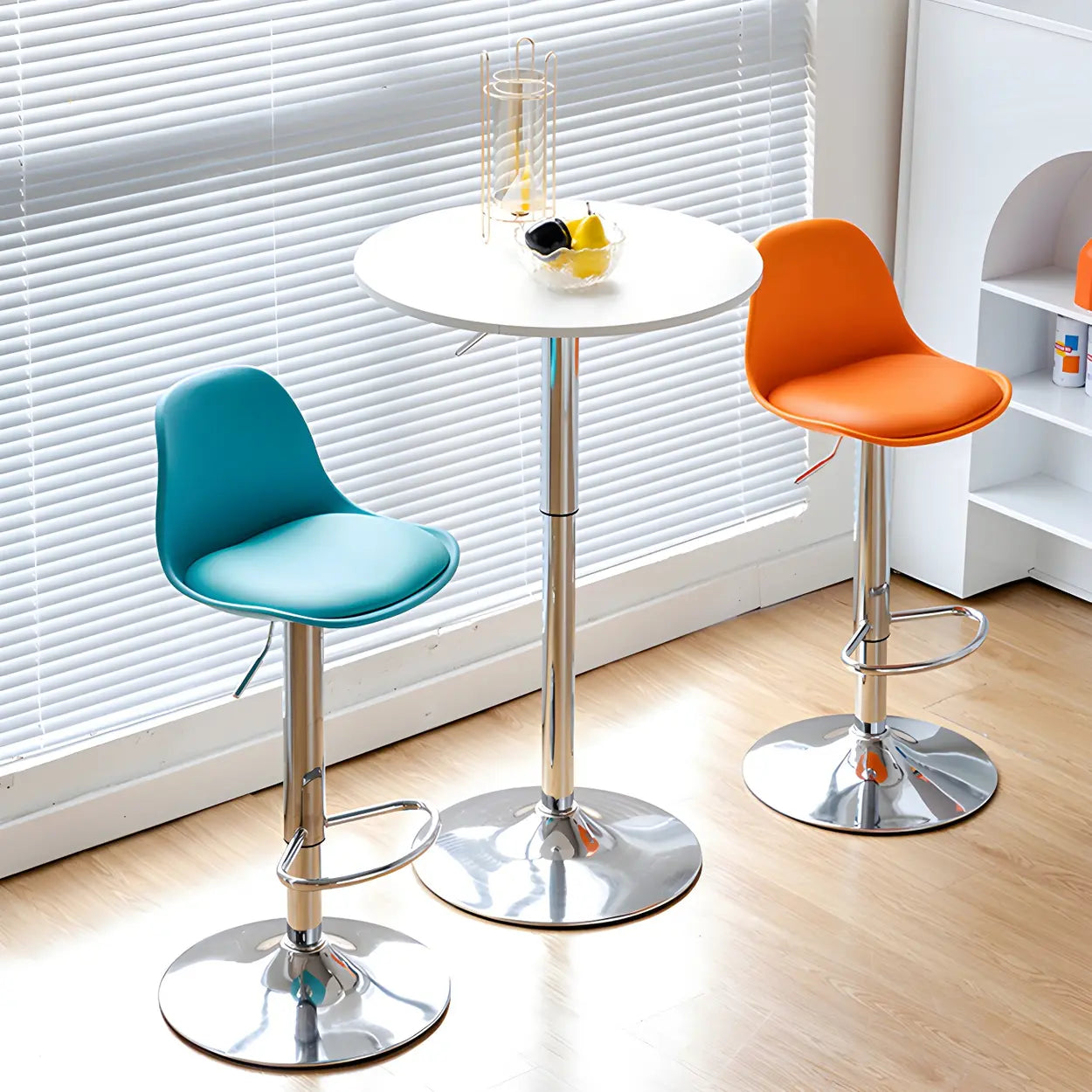
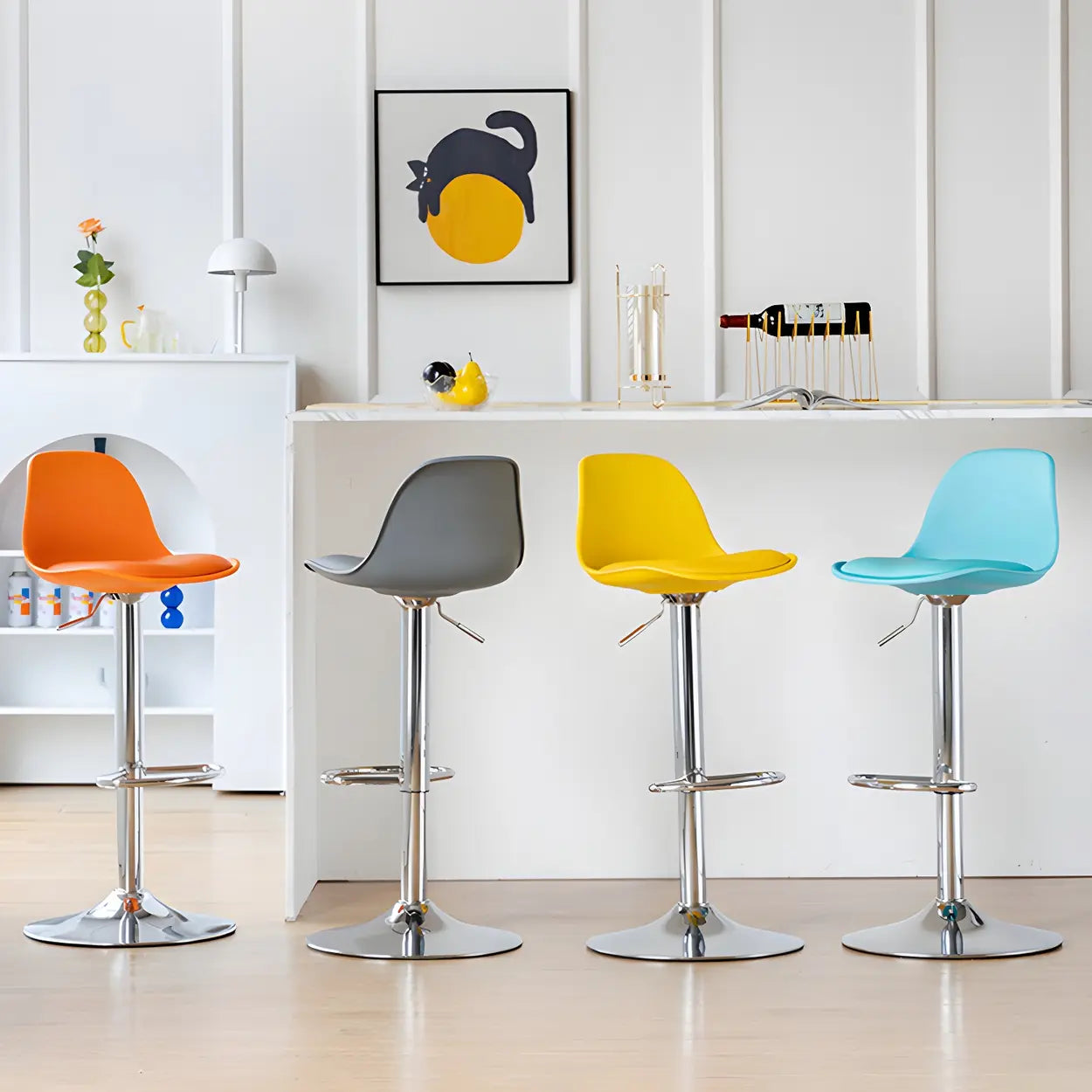
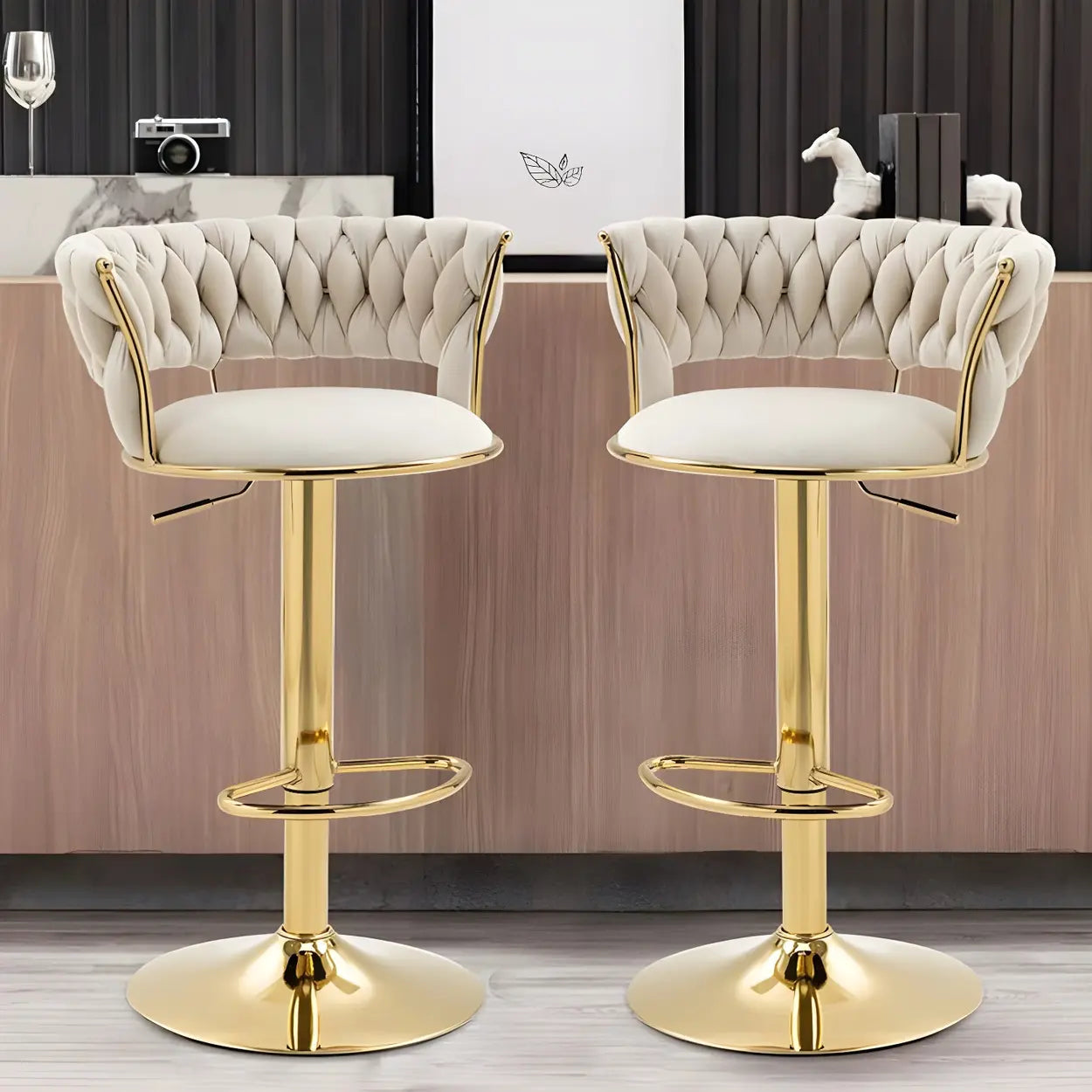
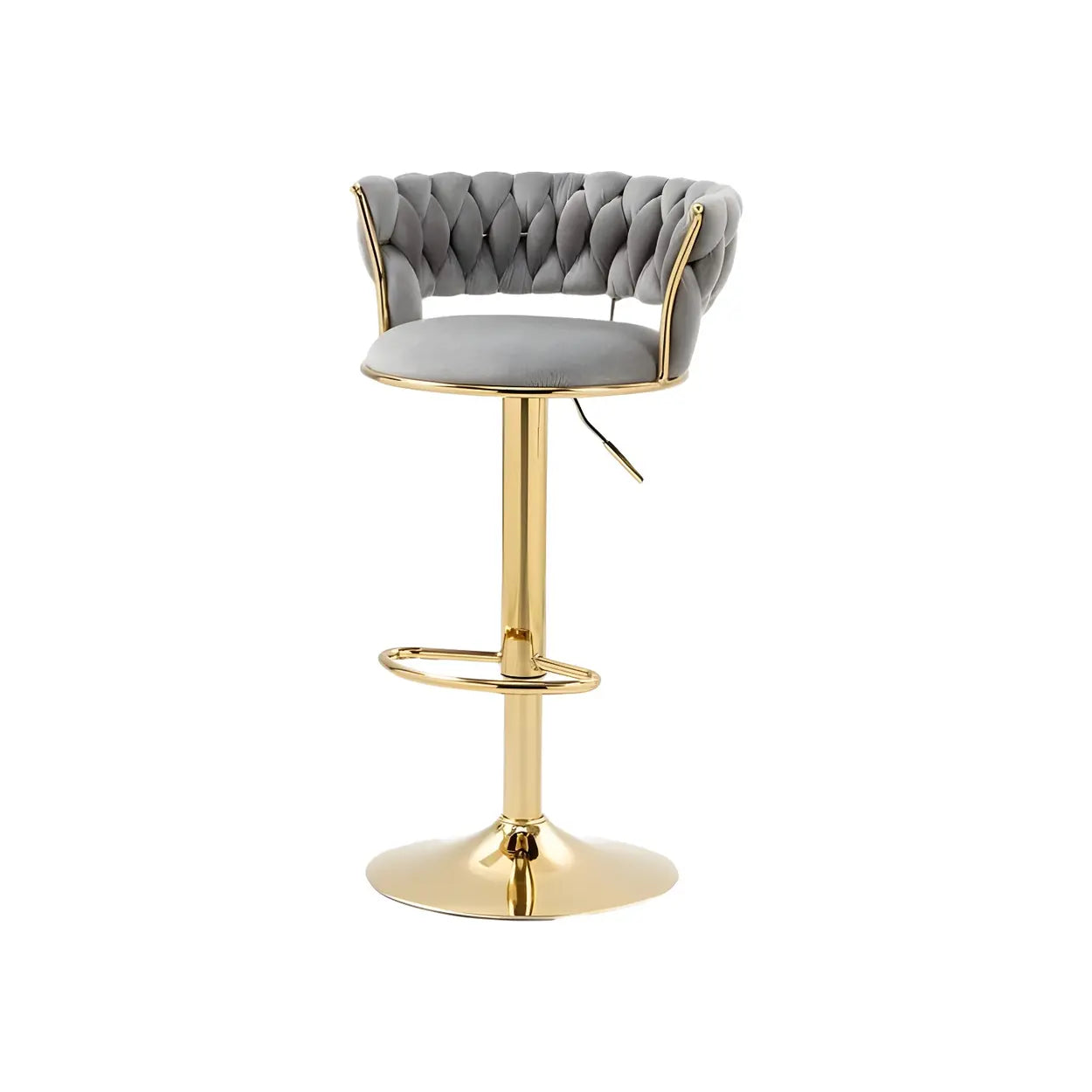


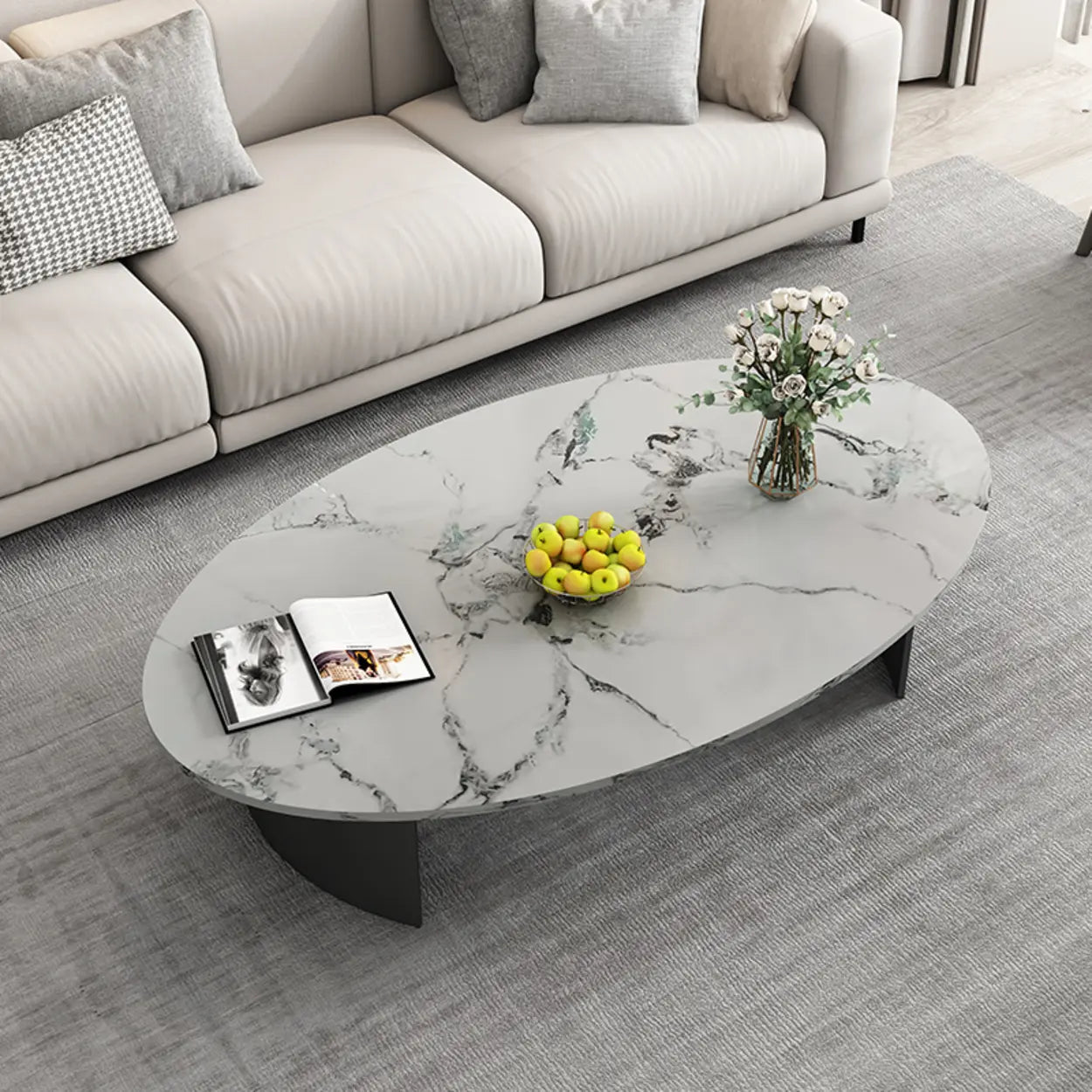
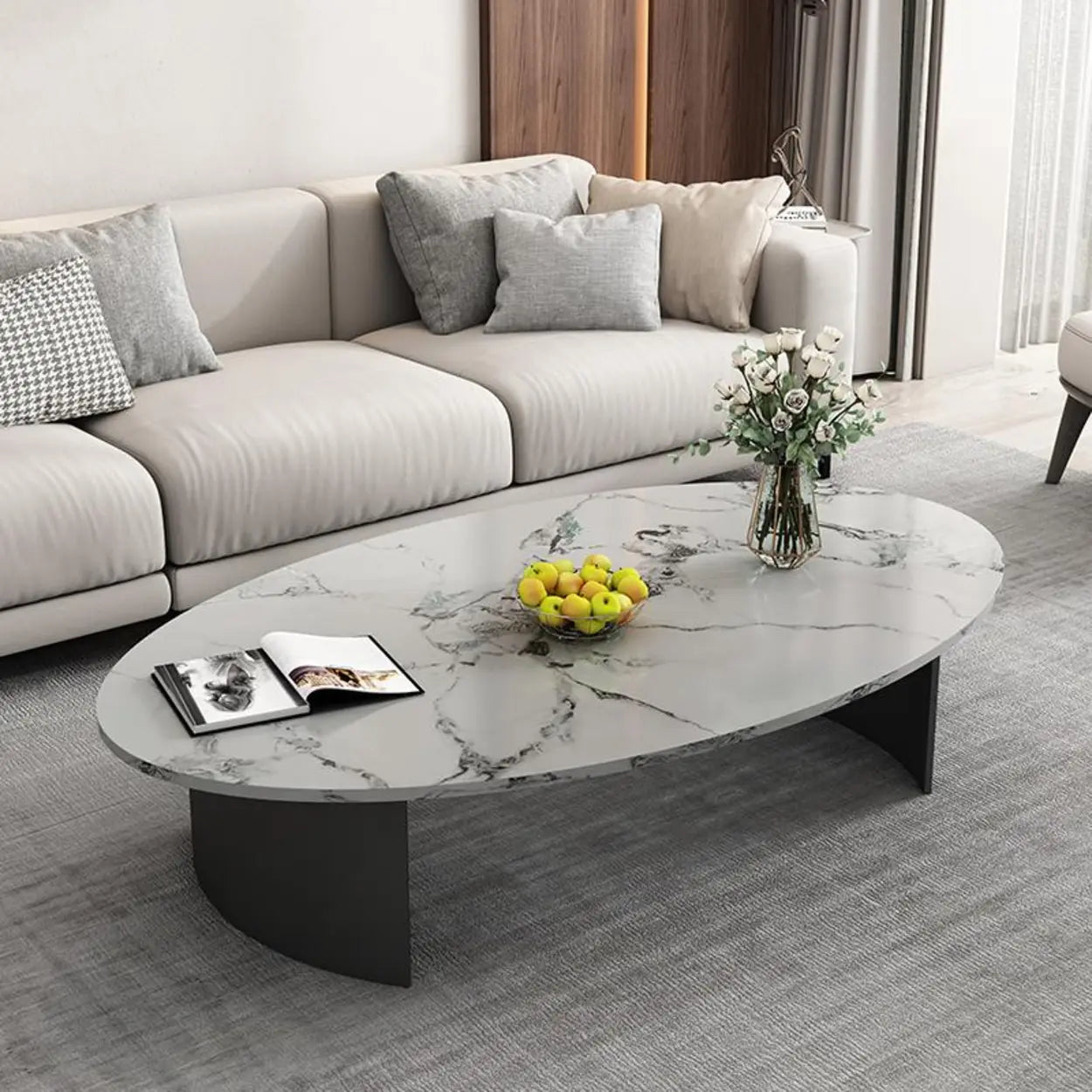
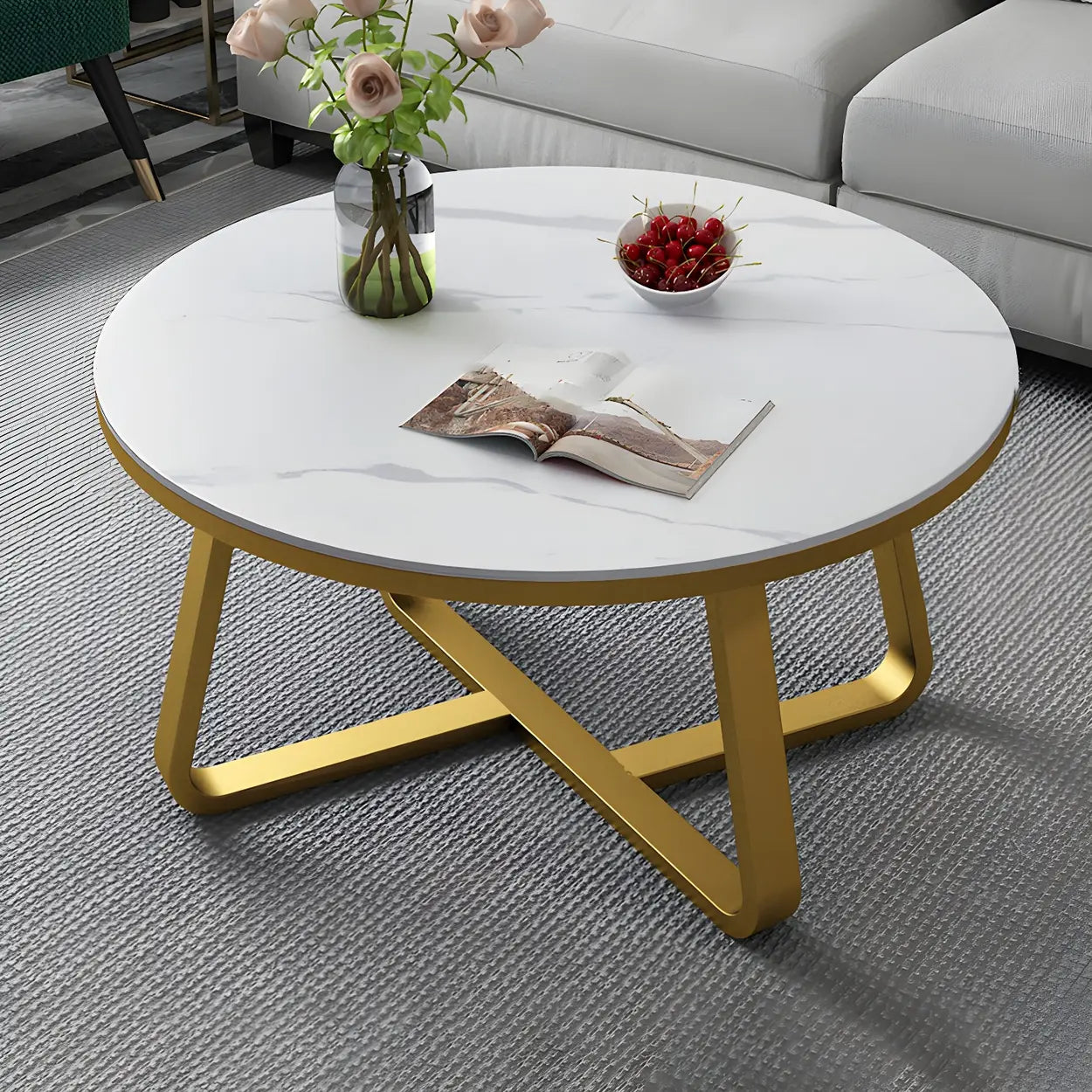
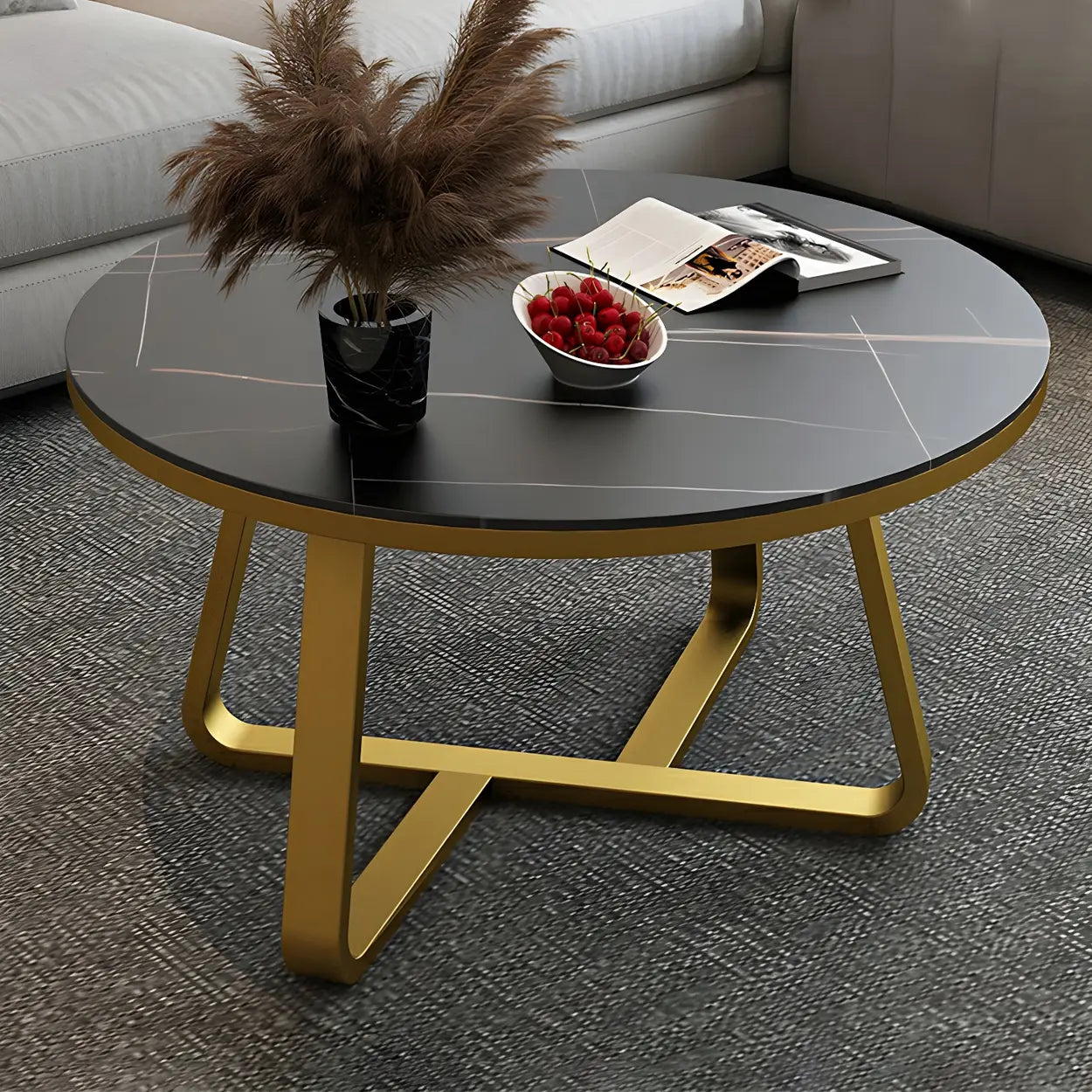
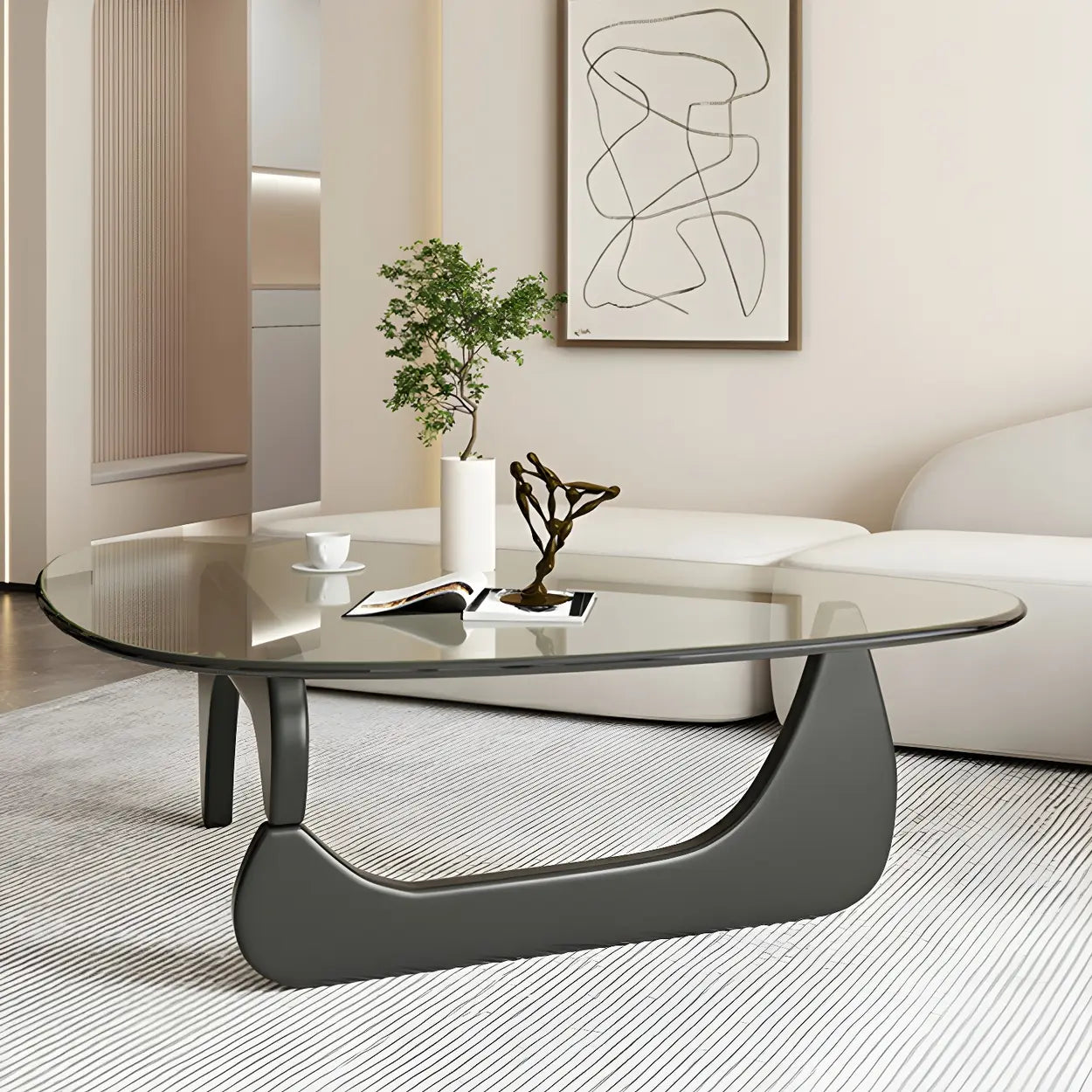
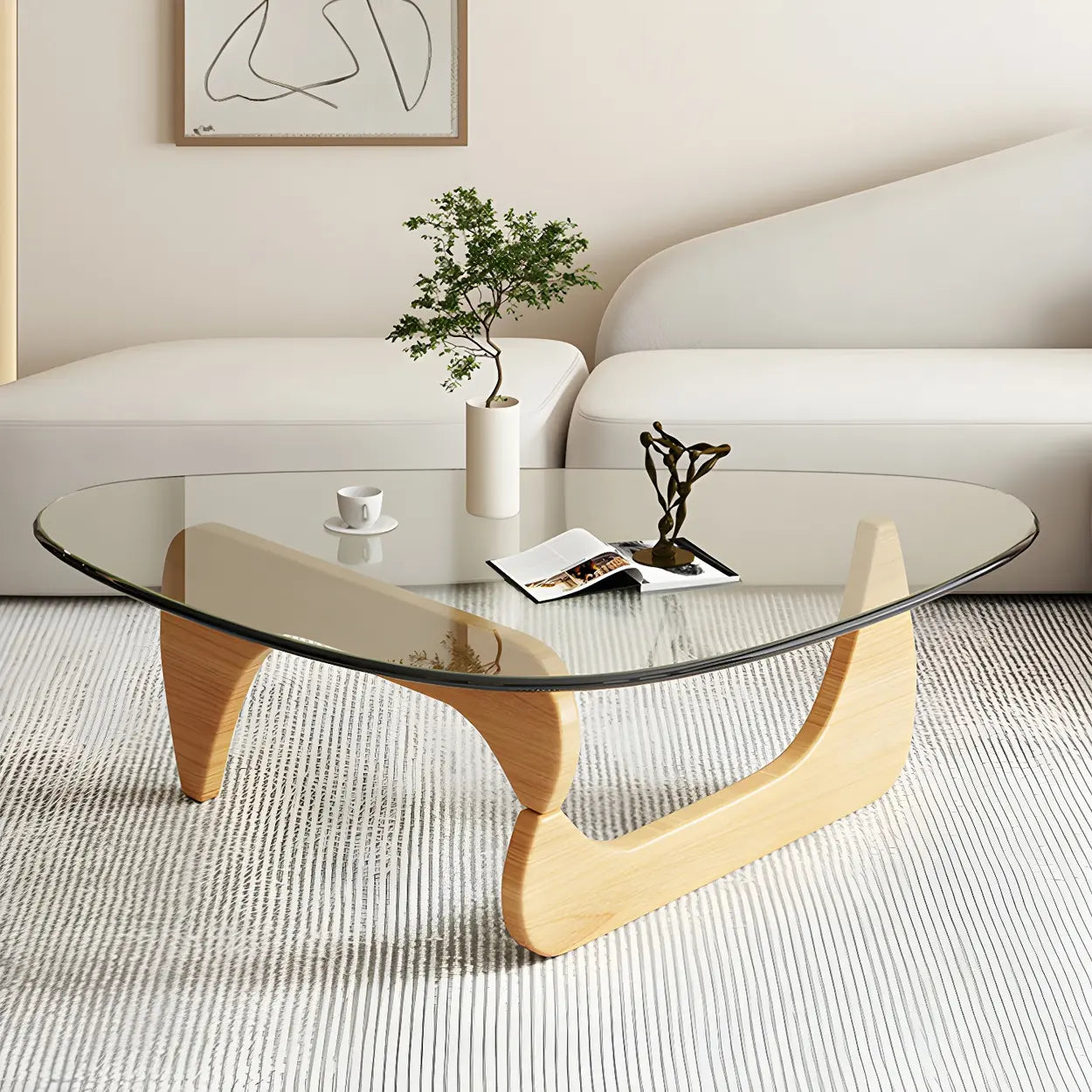
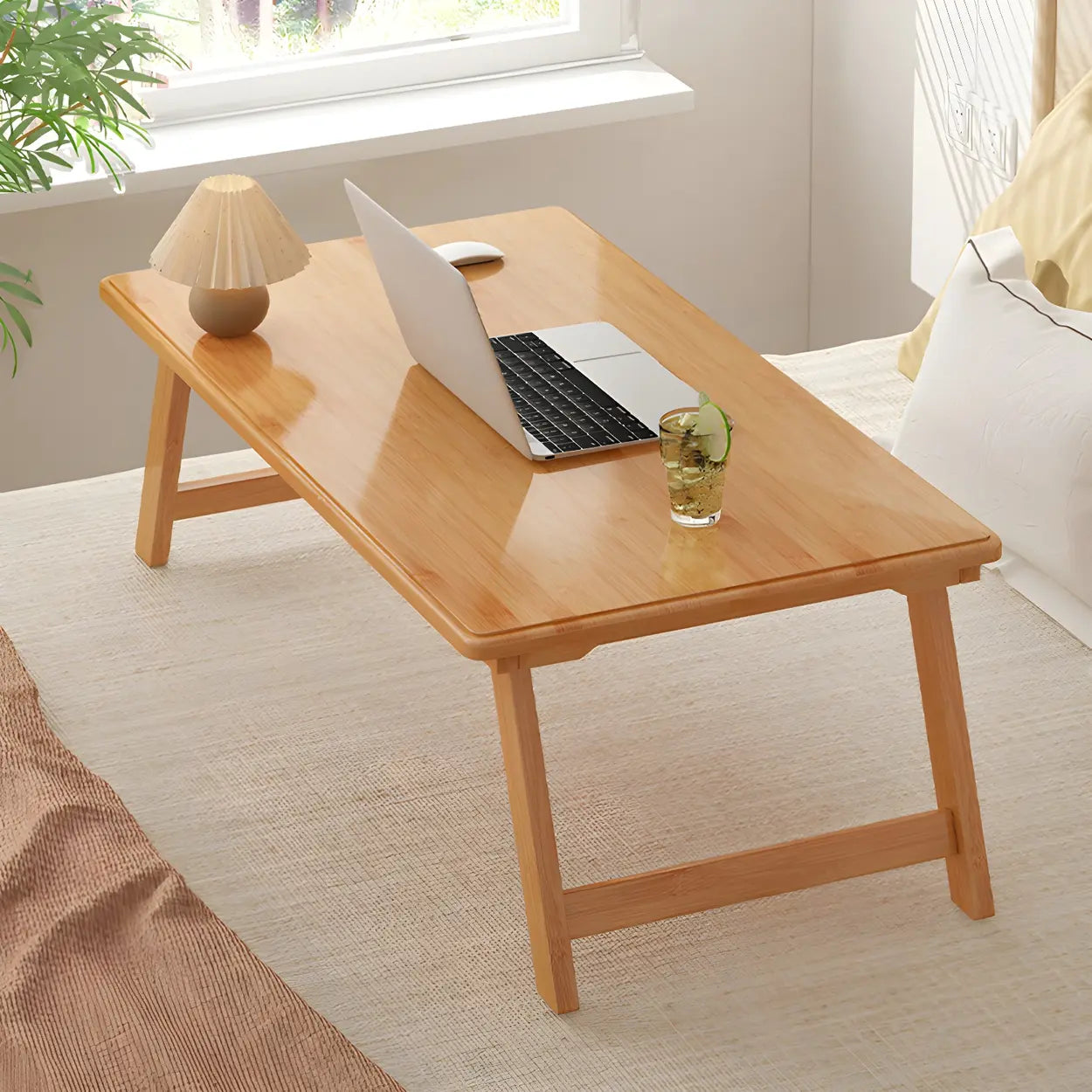


![How to Choose the Coffee Table Height? [2025 Newest Guide]](http://www.homebaa.com/cdn/shop/articles/coffee-table-height.webp?v=1749523259)
